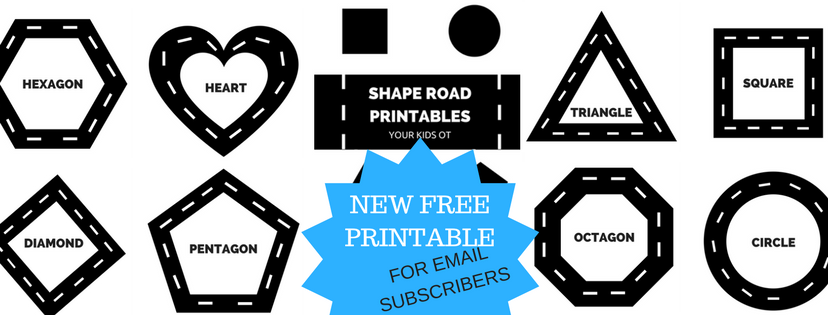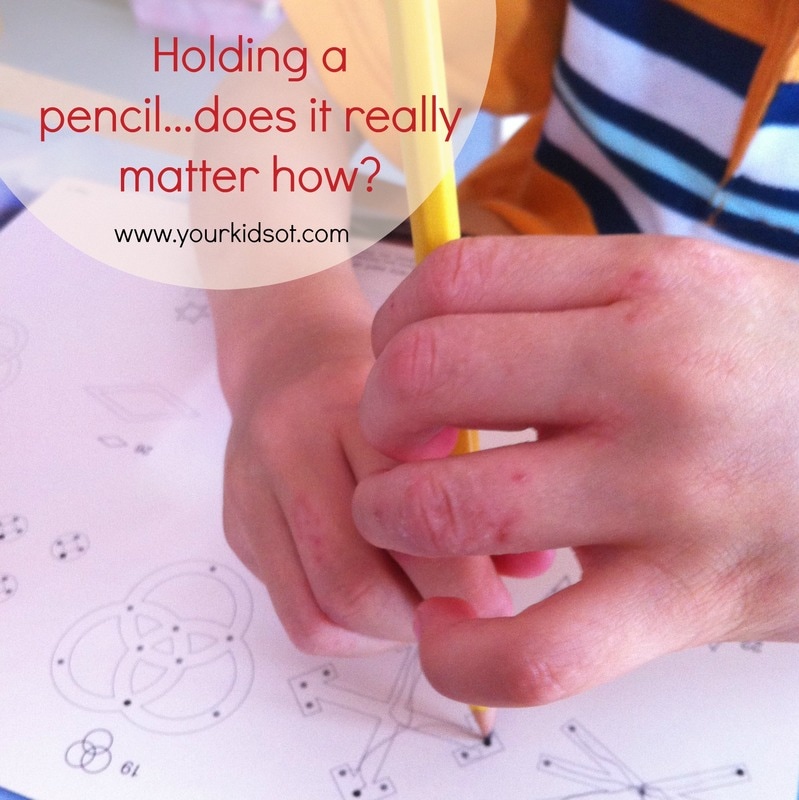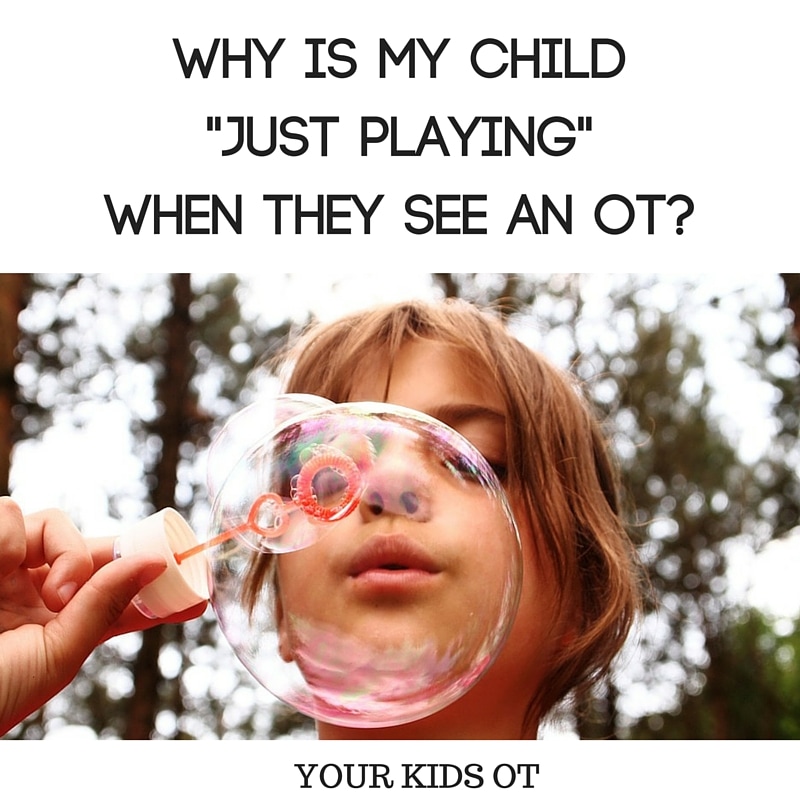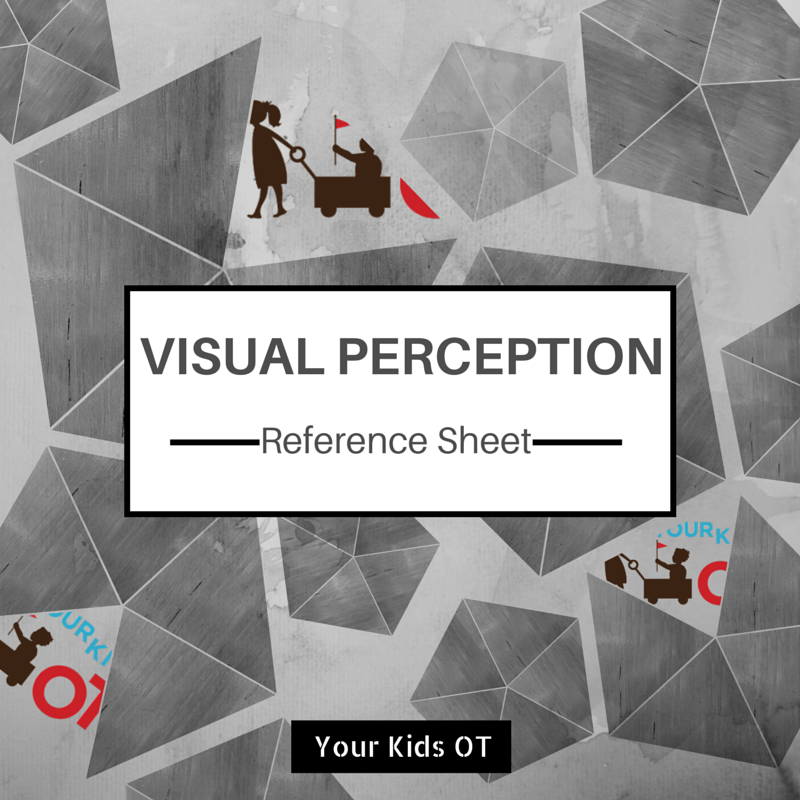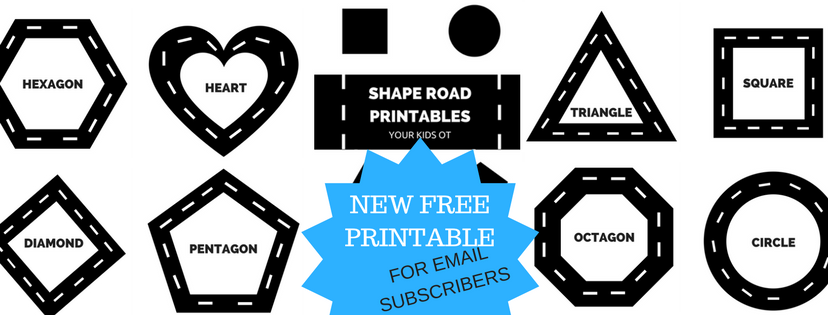|
Social skills may be described as "abilities necessary to get along with others and to create and maintain satisfying relationships" (Kennedy-Moore, 2011). These abilities may include verbal and non-verbal forms of communication such as using appropriate greetings, language, gestures, body posture, manners and other social conventions.
Expectations of "appropriate" social skills may be influenced by local culture, location, presence of particular people, an event and even gender. As adults, we may be familiar with visiting a foreign country and not understanding the social conventions expected in certain situations. We may become frustrated with other adults who do not to follow social conventions which we deem as "expected" or "normal". We expect children to develop social skills by watching adults model language and behavior, however this may be difficult for some children to learn. Social skills involve the ability of a child to "see" (pick up social cues), "think" (interpret the behavior of others) and "do" (interact in a positive way) (Kennedy-Moore, 2011). This level of insight usually develops as a child becomes more mature, however for some children it can be extremely difficult. Some children will need explicit instruction about how to participate in social situations with both their peers and adults. Teaching social skills to children is a gradual process that begins as early as a baby can say "ta" in exchange for something which is given to them. Further social skills are developed through modelling, providing opportunities for social interaction and teaching children words and behavior. The National Association of School Psychologists (2002) suggest that learning social skills is made through incidental learning and normal activities, addressing environmental factors and individual factors which may affect your child (NASP Center, 2002) In this article, I look at community activities to encourage your child's development of social skills. Depending on your child's individual factors, you may teach these skills by modelling, role-play, use of social stories and/or direct instruction.
These are some common community activities that you and your child might participate in. There are many more which in which I have not covered - Can you think of some of the frequent social community events you participate in (eg. playing in a sport's team, walking around the block, attending church, etc..) . I have not included social skills in the playground (read this HERE) and read about social skills at school next month with the Functional Skills for Kids Blog Series!
One place where children and adults can build social skills is with conversation at the dinner table ... whether that be at home or at a restaurant. Sometimes both children and adults struggle with "dinner conversation". There are some great printables at "Conversation Starters" and "Childhood 101" to help start your conversations. I have also developed a FREE PRINTABLE called "Would you choose...". This is a pack of 29 "simple choices" to help start conversations. They include would you choose snow or surf, cereal or toast, apple or pear... a quick response may lead to further discussion as you delve into "why" they chose this option. It also provides an opportunity for adults to share about their experiences and preferences. Download your copy HERE today!
This article is part of “Functional Skills for Kids: 12 month series by Paediatric Occupational and Physical Therapists”. You can find lots of great tips and tricks to help your children with their participation in the community in the links below. Make sure you bookmark this page so you can come back to read all the links!
Developmental Progression of Community Skills | Your Therapy Source
How to Support Your Child’s Core Strength Development Every Day | Miss Jaime, O.T. Attention and Behavior Concerns and Independence in the Community | Sugar Aunts Modifications for Kids with Special Needs in the Community | Growing Hands-On Kids Calming Games and Activities for Outings | The Inspired Treehouse Working on following Directions When Out | Therapy Fun Zone Using Community Activities to Develop Your Child’s Social Skills |Your Kids OT
References:
Kennedy-Moore, E. (2011) What are Social Skills? Helping Children Be Comfortable and Competent in Social Situations. Psychology Today. Retrieved on 21/07/2016 at www.psychologytoday.com National Association of School Psychologists (2002) Social Skills: Promoting Positive Behavior, Academic Success, and School Safety. Retrieved on 21/7/2016 at www.naspcenter.org
You may also like:
2022: This is no longer a free item. The puppet templates may be purchased as part of the Scissor Skills Printable Pack.
This month in the Functional Skills for Kids Series, we are looking at cutting and scissor skills! You will find lots of great tips and tricks looking at scissor skills and cutting from the best therapy bloggers on the links at the end of this article. My focus is on incorporating play with scissor skills, so what better way to do this than to make puppets?! Making a puppet gives your child's cutting some purpose. It extends the activity so the "craft" can be played with ... encouraging further creativity with imaginary story lines, character interactions, animal noises and speech. I have created these cute animal hand puppets with some ordinary brown paper bags and my FREE templates. Download these FREE templates to create a dragon, crocodile and shark from the YKOT shop. 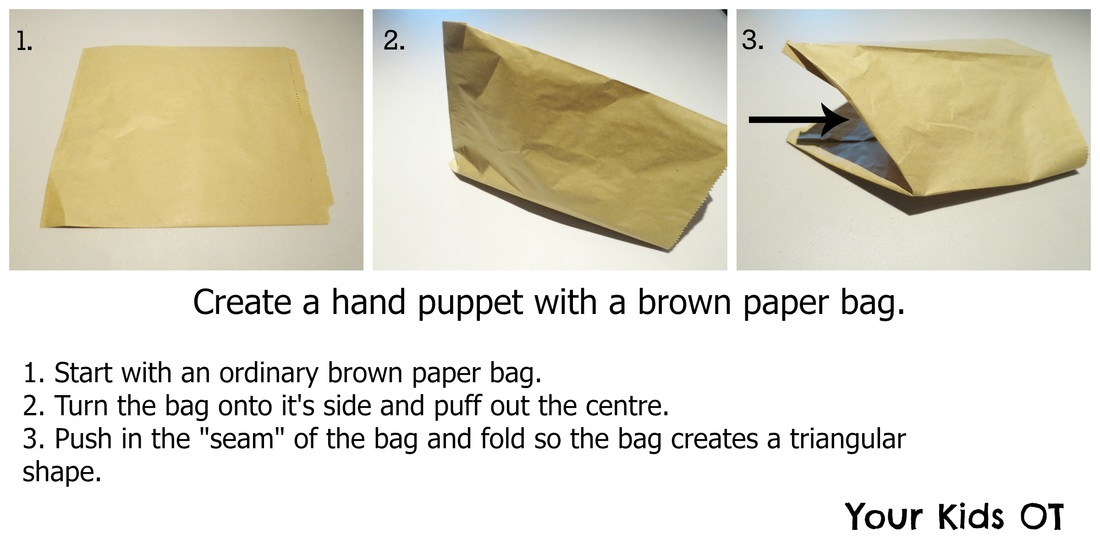
These cutting templates include a range of skills including cutting along straight lines, zig zag lines, simple shapes and more complex shapes. Cutting requires bilateral coordination with one hand holding the scissors and the "helper" hand holding and manipulating the paper as it is cut.
You could help to encourage further play with these puppets by cutting out props such as trees, a castle, people or other animals. Mr almost 6 years and I made this scene above to give some characters for the dragon puppet to harass. Unfortunately one of the characters was captured by the dragon when they ventured out of the castle and needed to be rescued!
Do your kids like cutting? Do they like puppets?
This article is part of “Functional Skills for Kids: 12 month series by Paediatric Occupational and Physical Therapists”. You can find lots of great tips and tricks to help your children with scissor skills in the links below. Make sure you bookmark this page so you can come back to read all the links!
Developmental Progression of Scissor Skills: 35 Best Tips for Teaching Kids to Use Scissors | Mama OT
Fine Motor Considerations for Learning to Use Scissors | Miss Jaime, O.T. Gross Motor Skills and Scissor Use | Your Therapy Source Sensory Processing and Scissor Skills - a Surprising Link | Kids Play Space Teach Kids How to Slow Down to Cut on Lines |Sugar Aunts 5 Tips for Difficulties with Scissor Skills | Growing Hands-On Kids Creative Cutting Practice for Kids | The Inspired Treehouse Visual Motor Skills and Cutting With Scissors | Therapy Fun Zone Animal Puppets! Cut. Create. Play. | Your Kids OT
The school playground can be an intimidating place! Depending on the school... lots of kids, lots of space and lots of noise! Surviving and indeed enjoying the school playground with friends, is often the main concern for parents as their children start school.
Children in the playground need to be able to initiate conversation, join in a group, negotiate, take turns, understand and follow rules in a game, co-operate with others, assert their opinion whilst listening to others, empathize appropriately and be a good sport! One of the keys to a positive experience in the school playground is the development of social skills prior to starting school. These skills may be encouraged over time whilst children play in their everyday settings. Social skills between children are learnt through play experiences with other children. These skills are important for communication , self confidence, resilience and positive relationships. Development of Social Interaction Skills By 3 years of age, children are playing beside each other with the same activity (parallel play). These children are interested in their own activity, whilst happy to sit next to anther child who is also interested in their own activity. You may find children in a sand pit where they are all playing with the sand (eg. digging, pouring, building) but they may not be playing the same game together. Children are beginning to take turns with other children. By 4 years of age, children begin to co-operate and negotiate their play with other children. They express play ideas and who will play what role, however they may also have difficulty resolving conflicts on their own. Children are starting to play group games with rules, learning to follow these rules and encouraging others to also follow the rules. By 5 years of age, children can co-operate and negotiate in their play. Games and imaginary play are becoming more complex and organised. Children are learning to approach others to join in a group as well as assert themselves to manage conflict. These children are learning to stand up for themselves against antisocial or undesirable behaviour from their peers. By 6 - 8 years of age, children are learning about good sportsmanship in games (being a good winner and a good loser). They are learning how to empathize with other children and offer support. Children are also learning how to communicate their needs and ideas, whilst respecting and listening to the needs of others. They are working out how to negotiate when disagreements arise as well as making joint decisions. Whilst these social skills are written with age guidelines, you may find older children also participating in the types of play listed for younger children. This is especially common when children are meeting each other for the first time or getting to know each other. For example, when children start school they are unfamiliar with their environment and the other children so may be happy to play alongside other kids with limited interaction.
Some children will have difficulty with the social skills required in a playground.
Here are 5 ways to help your child's social skill development! (1) Provide social situations where child interaction is fostered - These might include places such as a park, the beach, play date at home, church playground, local pool, camp ground, etc. (2) Modelling
(3) Game Play
(4) Stories
(5) Collaboration and Conflict Resolution
Setting up a successful playground environment for children who have difficulty with social skills!
Some children (such as children with Autism Spectrum Disorder) may continue to struggle in a playground environment because of difficulties with social skills. There are some playground modifications which can help these children as well as others. (1) Provide quiet spaces. Playgrounds should provide places for social interaction as well as spaces where children may be alone or in a quiet space. This may be a bench under a tree, a fort, grass area or the library where children are encouraged in quiet time. (2) Provide some structure within the playground. This may include time to eat in a certain area then time to play in a certain area. (3) Provide opportunities for structured games. This may include an area for board games, table tennis, hopscotch or basketball, etc. (4) Provide opportunities for a "club" run by a teacher or older students. This may include gardening, music, chess, frisbee, etc. (5) Provide a visual timer or clock so children can monitor how much time they have in the playground. (6) Provide a designated place for children to "meet up" in the playground. (7) Assign children to a "playground buddy" to look out for another child in the playground. (8) Provide a visual checklist of activities children may do whilst in the playground. Maybe a few strategic posters could be placed outside the classroom windows. This may include eating lunch, playground equipment, visiting the bathroom, reading a book or it might include action pictures such as star jumps, frog jumps, hopping, etc. (9) Provide playground equipment which requires more than one child to operate. The "We-Saw" is an example of this sort of equipment which encourages social interaction. What are your best tips for supporting children in the playground? This article is part of “Functional Skills for Kids: 12 month series by Paediatric Occupational and Physical Therapists”. You can find lots of great tips and tricks to help your children thrive in the playground in the links below! Developmental Progression of Playground Skills | Your Therapy Source Promoting Fine Motor Skills at the Playground |Miss Jaime OT How to Support Gross Motor Skills Needed for Playground Success | Mama OT Sensory Integration Therapy at the Playground | Sugar Aunts Modification Ideas for Playground Equipment for Children | Growing Hands-On Kids Playground Rules to Break for Greater Play Skill Development | Kids Play Space Playground Games and Activities for Kids | The Inspired Treehouse Essential Social Skills To Survive the School Playground! |Your Kids OT Developing Visual Skills and the Playground | Therapy Fun Zone
References:
Stagnitti, K. (2013) Learn to Play. A practical program to develop a child's imaginative play skills. Co-ordinates Publications. You may also like: Shirt on, pants on, socks on, shoes on, hat on ... out the door. Dressing should be an easy every day activity but sometimes it is NOT! Sometimes there are sensory triggers which affect whether a child will or will not get dressed (or undressed)! Some of these sensory triggers for dressing are found below as well as some behaviours that you may see as a result: TOUCH
Children with touch sensitivities may have difficulty wearing certain clothing. They may become distressed or constantly pull/tug at their clothing. Some children will constantly touch or feel their clothing exploring the textures. They may refuse to wear new clothes or prefer to be naked. These children may have difficulty changing clothing within a day (eg. changing for swimming lessons, getting ready for bed, etc). Sometimes shopping for new clothes may cause stress as well as letting go of clothing that is too small. Children who are sensitive to touch may disregard weather and temperature cues when it comes to dressing. They may wear long sleeves in warm weather or shorts and a sleeveless shirt in winter. Some children will become extremely upset when their clothing is wet. PROPRIOCEPTION
Children who experience difficulty processing proprioception information may fall over whilst getting dressed and undressed. They may take a long time to get changed and appear lazy. These children may look "messy" when they have finished getting dressed. They may have clothes inside out or back to front. VESTIBULAR
Children who experience difficulty processing vestibular information may appear "restless". They may move about the room or wonder from one room to another whilst getting changed. They may make several changes in body position (stand, sit, lie on the ground, jump off furniture, etc). They may also fall over or roll around. Alternatively, these children may prefer to get changed whilst sitting or lying down (eg. on their bed, on the floor, on a chair). VISUAL
Children who experience difficulty processing visual information may take a long time to find clothes and get dressed. They may make limited clothing choices and have difficulty matching tops with bottoms (eg. understanding what "goes" together). Some children may have difficulty aligning rows of buttons with buttonholes or they may wear non-matching socks and shoes. AUDITORY
Children who experience difficulty processing auditory information may become distressed easily and make limited clothing choices. They may try to cover their ears during dressing or scream to block out other noises. They may prefer getting dressed in particular places (eg. bedroom not bathroom). They may take a long time to get dressed as they are easily distracted. SMELL/TASTE
Children who seek additional smells in clothing may be seen sniffing their clothes excessively. They may choose long sleeves or to hold their clothes so that they can bring these to their nose. Those who are sensitive to smells may become distressed easily and have limited clothing choices. Children who seek oral stimulation may chew their clothing or chew the fastenings on their clothing. They may also like to brush clothing across their lips or lick clothing. I have compiled this information about sensory triggers and behaviours into a single page printable checklist. Download your copy of this checklist HERE! SENSORY STRATEGIES FOR DRESSING 1. Be aware of your child's sensitivities and acknowledge their clothing preferences. There will be times where your child is required to conform with social norms (eg. wearing clothes rather than being naked in public, wearing a uniform to school, etc), however their may be times where there are less restrictions on what is worn and how it is worn. 2. Build a wardrobe of comfortable clothing for your child, avoiding sensitivities which may cause distress or anxiety if possible. This may include: -
3. Contact an occupational therapist who may work with your child on an overall sensory diet to assist with sensory sensitivities. Your occupational therapist will be looking at your child's arousal and activity levels, attention and impulsivity as well as their ability to regulate themselves. An occupational therapist may suggest activities such as:
Do you have a child who experiences sensory sensitivities during dressing? This article is part of “Functional Skills for Kids: 12 month series by Paediatric Occupational and Physical Therapists”. You can read all of the childhood functions HERE. Read all Your Kids OT’s monthly posts HERE. Find more information about “Dressing” and valuable strategies to help with important skill, read what other Occupational and Physical Therapists participating in the “Functional Skills for Kids series” have written:
When Do Kids Start to Dress Themselves? | Mama OT
Fine Motor Requirements for Independence with Self-Dressing | Sugar Aunts Gross Motor Skills and Independent Dressing | Your Therapy Source Sensory Considerations for Dressing! | Your Kids OT “Get Dressed!” How to Modify Your Child’s Dressing Routine | MissJaimeOT Teaching Kids How to Dress Themselves: Activities to extend skills | The Inspired Treehouse Improving Following Directions with Getting Dressed | Growing Hands-On Kids Visual Perceptual Skills in Dressing | Kids Play Space Work on Dressing Skills Through Play Activities | Therapy Fun Zone 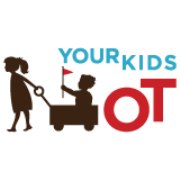
Cindy is a registered Occupational Therapist practising in Sydney Australia. She has two young children who are a constant source of inspiration and learning. Cindy loves working creatively to help children to reach their potential, finding opportunities in everyday living and making learning fun. Cindy is the author of the Occupational Therapy blog Your Kids OT.
The information on this site is general in nature. The activities are safe for most children; however, you should consult an Occupational Therapist or health professional to address specific movement, sensory or other medical conditions. This article does not contain affiliate links and has no association with the companies suggested in this article. Any items purchased are made at your own risk. References: Yack, E., Aquilla, P. and Sutton, S. (2015) Building Bridges Through Sensory Integration (Third Edition). You may also like: Playdough, connect four, bingo, crawling through tunnels...why is my child “just playing” when they see an occupational therapist (speech therapist or physiotherapist)? Why do therapists use play when working with kids? Play is a “childhood occupation” (Bundy and Lane, 2012 and Alesandrini, 1949). Play is what kids “do”. They learn through play experiences, interacting with objects, their environment and people. Children explore, imagine and discover as they experiment with space, size, their own bodies, force, strength, time, colour, shape, distance and more. They develop a range of skills through play. Read more about specific skill areas from my colleagues in the Functional Skills for Kids Series. A lot of childhood learning is incidental, as kids do not realise they are learning whilst they are playing. Play is fun – it is intrinsically motivating...that is why children keep playing (Parham, 2008). Have you ever heard the expression “time flies when you are having fun!”? When a child is engaged with an activity that is fun, it can motivate them to repeat the activity or experiment with variations of the activity. The internal drive of a child through play can help them to connect and engage in the world (Cornelli Sanderson, 2010). 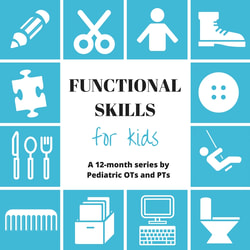
The Developmental Progression of Play Skills | Mama OT Building Fine Motor Skills Through Play | Sugar Aunts Gross Motor Skills and the Development of Play in Children | Your Therapy Source Playing with Friends: Supporting Social Skills in Play | Kids Play Space Using Play to Increase Attention | Miss Jaime OT Help! My Child Won’t Play - Adapting Play for Individual Kids | Growing Hands-On Kids How Play Makes Therapy Better | Therapy Fun Zone How the Environment Shapes the Way Kids Play | The Inspired Treehouse Why is my child “just playing” when they see an OT? | Your Kids OT
How Therapists Use Play in Therapy!
After a comprehensive assessment (refer here for anoverview of assessment) the therapist in collaboration with others (parents, teachers, other therapists) will set goals for individual children. Based on these goals, therapy sessions are planned to meet these in a number of different ways. We are always looking for the just right challenge for your child to extend them in learning skills without overwhelming them in the process. We may be working on ways to compensate for difficulties they are having, provide additional support or modify activities if appropriate. We use “play” as a medium to achieve goals, although sometimes the “play” may be the goal itself! Play as a medium to achieve goals. Therapists are great at task analysis. We “analyse” tasks and activities and play ... to figure out what skills are needed to perform these tasks. Therapists also work out what skills may develop as a certain task in performed or how it may be adapted to work on certain skills. Read about how these games have therapeutic benefits. Whilst we may use a variety of activities in therapy sessions, we are always working towards specific goals! If you are not sure the benefits of the activities your therapist is using, just ask them! I do understand parents who are concerned when goals are not being addressed or the play appears extended and unrelated to the reason for intervention. Parents and teachers should speak up. Ask therapists when your child is doing worksheets for a whole session or playing UNO for an hour or being tested on something they haven't done before. Ask therapists when your child looks uncomfortable. Ask therapists when the play seems repetitive. Speak to therapists when the play does not seem age-appropriate. There may be a therapeutic purpose or maybe the therapist needs the feedback; that they are not working towards the goals in an appropriate way. Play as a goal itself. As described earlier, play is a childhood occupation and as OTs we are concerned about how children play. How are they holding, grasping, releasing objects? How are they moving their arms and legs ... intentionally, individually, together? How are children interacting with objects... exploring, manipulating, imagining? How are children interacting with other children... social skills, parallel, collaboratively? How does the environment facilitate play? How can we help kids learn through play? It is the role of an OT to find the “just right” challenge to match activities with your child’s goals. At home, you can help your child learn through play too!
This article is part of “Functional Skills for Kids: 12 month series by Paediatric Occupational and Physical Therapists”. You can read all of the childhood functions HERE. Read all Your Kids OT’s monthly posts HERE. Find more information about “Play”! stop by to see what other Occupational and Physical Therapists participating in the “Functional Skills for Kids series” have written:
You may also like:

Cindy is a registered Occupational Therapist practising in Sydney Australia. She has two young children who are a constant source of inspiration and learning. Cindy loves working creatively to help children to reach their potential, finding opportunities in everyday living and making learning fun. Cindy is the author of the Occupational Therapy blog Your Kids OT.
The information on this site is general in nature. The activities are safe for most children, however, you should consult an Occupational Therapist or health professional to address specific movement, sensory or other medical conditions. This article does not contain affiliate links.
References:
Alesandrini, N. A. (1949). Play – A child’s world. American Journal of Occupational Therapy, 3, 9-12. Bundy, A.C. and Lane, S.J. (2012). Kids can be Kids: A Childhood Occupations Approach. Cornelli Sanderson, R. (2010). Towards a New Measure of Playfulness: The Capacity to Fully and Freely Engage in Play . Dissertations. Paper 232. http://ecommons.luc.edu/luc_diss/232 Parham, D. (2008). Play and Occupational Therapy in L.D. Parham & L.S.Fazio (eds) Play in occupational therapy for children (2nd edition).St Louis: Mosby pp 3- 39
Long before your child may be ready for potty training there are some important concepts that they should learn! These concepts include learning the difference between wet and dry, dirty and clean, front and back.
Teaching your child to count can be a useful way to measure time for your young child (eg. let's wash our hands until we count to 5). It is also helpful when encouraging your child to learn to sit down and you can slowly increase the number that you count to (slowly increasing their attention). When your child is ready to use toilet paper on their own, counting is helpful so they know the number of squares they can use (and to avoid whole rolls of toilet paper in the toilet)! It is also really important to teach your child about their own bodies...naming each body part correctly and finding where it is on themselves. This body schema helps with gross, fine and visual spatial awareness as well as body safety. They can learn about "private parts" that they don't show other people and be aware that others do not touch their private parts (and they don't touch others). This does not need to be in a fearful way but should be taught naturally and may be built on as your child matures. There are lots of great books that teach older children about body safety including "Some Secrets Should Never Be Kept". TEACHING WET AND DRY through everyday opportunities and play situations.
TEACHING DIRTY AND CLEAN through everyday opportunities and play situations.
TEACHING FRONT AND BACK through everyday opportunities and play situations. Teaching front and back is important when it is time to teach your child to wipe their bottoms independently. Use various items you have around your home to teach front and back, such as stuffed toys, books, toy planes and cars, CDs and even tins of food! (see photo) TEACHING TO COUNT through everyday opportunities and play situations. It is best to use physical objects or actions when teaching young children to count.
TEACHING BODY AWARENESS through everyday opportunities and play situations.
This article is part of “Functional Skills for Kids: 12 month series by Paediatric Occupational and Physical Therapists”. You can read all of the childhood functionsHERE. Read all Your Kids OT’s monthly posts HERE.
Find more information about “Potty training”, stop by to see what other Occupational and Physical Therapists participating in the “Functional Skills for Kids series” have written:
Potty Training Readiness: 10 Signs It’s Time to Ditch the Diapers | Mama OT
Potty Training, Toileting and Fine Motor Considerations | The Inspired Treehouse Gross Motor Skills and Toilet Training | Your Therapy Source Toileting and Sensory Processing | Miss Jaime OT Potty Training with Attention and Behavior Problems | Sugar Aunts Modifications For Potty Training | Therapy Fun Zone Preparing Your Child & Environment for Potty Training | Growing Hands-On Kids Potty Training Instruction Tips |Kids Play Space Teaching Concepts for Potty Training Through Play |Your Kids OT
You may also like:
Handwriting is a complex skill. Handwriting involves the ability to form letters with consistent letter size, proportions and spacing, so that others can read words and sentences. Producing legible handwriting requires complex visual perceptual skills as well as an integration of motor skills with these visual perceptual skills. A deficiency in visual-motor integration may be evident when observing poor quality handwriting (Volman, van Schendel, & Jongmans, 2006). Visual perception is the process where the brain extracts and organises information, giving meaning to what we see. Visual-motor integration is the degree to which visual perception and finger-hand movements are well coordinated (Beery & Beery, 2010). There are many components of visual processing which work together to assign meaning to what we see and include eye-hand coordination, figure ground, visual discrimination, form constancy, visual memory and visual-sequential memory. Eye –hand coordination is the ability to coordinate eye movement with hand movements and includes the ability to process visual information to guide hand function. When children are learning to control a pencil for handwriting, they will rely on visual information as they look at their hand and what the pencil is producing as they write. The ability to copy a vertical line, circle, horizontal line, right oblique line, square, left oblique line and an oblique cross have been recognised by therapists as an indication of a child’s readiness to integrate visual-motor skills to begin handwriting instruction. Beery & Beery (2010) recommend that formal pencil-paper instruction is postponed until a child can easily execute an oblique cross as it requires crossing the midline, which is the source of many reversal problems. They also suggest that transfer of improved visual-motor skills does not automatically transfer to academic tasks and teaching letters, words and sentences are still required. Typically children are encouraged to control their pencils and practise eye-hand coordination with tracing various lines, then shapes and then letters. These lines may include bold dotted lines, faded dotted lines, bold unbroken lines, faded unbroken lines to trace on. Children may also be provided with paths, roads or outlines to draw between to produce lines, shapes or letters. Therapist may support children with eye-hand difficulties by contrasting the path to be drawn or by emphasizing the boundary line (eg. with a raised surface). Eye-hand coordination of fine and gross motor tasks may also be encouraged prior to handwriting instruction. This may emphasize large movements before moving to small movements. Children may be encouraged to develop eye-hand coordination of larger tools before using small tools for more accurate control (eg. crayon rock before ordinary crayon). Visual Discrimination is the ability to classify objects or shapes based on visual information such as colour, form, pattern, size or position. In handwriting, children need to be aware of common characteristics as well as subtle differences which distinguish letters and words. Children need to identify letters as well as the sequential order of letters to recognize words for reading, writing and spelling. Difficulties with visual discrimination may be seen with letter reversals or lack of attention to detail in letter formation. For example. When writing “n”, if the initial line is drawn too long it appears as “h” or if the up and over section is too short it appears as “r”. When writing “a”, if the line is produced too long and below the circle it appears as “q”, if the line is produced too long and above the circle it appears as “d”, if the line is too long above and below the circle it is unrecognizable, if the line is too long and placed to the left and below of the circle it appears as “p” or if it is placed to the left and above the circle it appears as “b”.
Visual discrimination in handwriting may also be seen with confusions with the use of lower and upper case letters. Children need to be able to firstly identify letters regardless of lower or upper case formation (ie. classification) and then use these appropriately (eg. Capital letters used at the beginning of a sentence).
Children with visual discrimination difficulties may require additional strategies to classify letters. Providing a multi-sensory approach to learning (eg. use of pipe-cleaners, playdough, rice, shaving foam, etc) may assist with kinaesthetic learning and muscle memory. Position in Space or spatial relationships involves the ability to process information about oneself in relation with their environment in space, orientation and position. It may involved the ability to understand directional language concepts such as up/down, next to, left/right, over/under, etc. In handwriting, difficulties with spatial relationships may also affect letter formation as described in visual discrimination as children have difficulty relating the position of lines in relation to other parts of a letter. Children may also demonstrate difficulty with writing on a line, adequate spacing between letters or words. They may have difficulty ruling up a page and maintaining writing on the left hand side of the page with the beginning of each line. Children with difficulties with spatial relationships require a range of intervention strategies to assist with this visual perceptual difficulty. This may include gross motor activities and postural control activities to encourage body awareness as well as shape positioning games such as Tangrams and felt shapes. They may also benefit from copying patterns made with blocks, LEGO models and beads before attempting to copy patterns on paper. Further strategies may include use of speciality writing paper (eg. coloured lines), grid paper, highlighting the writing line, placing a ruler on the writing line and the use of a “spacer” between words.
Figure-Ground is the ability to see an object or form when presented in a complex background. In handwriting, this is needed when copying information from a source (eg. the whiteboard) and keeping track of where you are up to. Children with figure-ground difficulties may begin writing on a line and then after looking up do not know where they should write the next letter on their page. They may also miss important information or segments of a letter or a word when writing.
Extra cues may be needed for children with figure-ground difficulties such as providing information on a piece of paper rather than a board, a square drawn around a word or phrase to be copied or a ruler to highlight the writing line. They may also benefit from scanning exercises. Visual Closure is the ability to process visual information when the object or word is partially hidden. In handwriting, this may affect letter formation and spelling words. Visual closure in letter formation is closely related to visual discrimination described earlier. Children may also demonstrate incomplete letter formation which affects handwriting legibility and neatness. Activities recommended in the visual discrimination section are relevant for those with visual closure difficulties.
Form Constancy is the ability to identify an object, shape, letter, number, symbol when it is presented in a different way (eg. larger, smaller, rotated, italics, bold, different font, sideways, upside down, different colour). In handwriting this may result in not realising when they are having difficulty with letter formation as they may interpret their formation as accurate. For example they may see the visual closure examples above and may consider the forms to be constant (form constancy) and are unable to identify the discriminating features (visual discrimination). Children who have difficulty with form constancy may also have difficulty transitioning from printing to cursive writing.
Children who experience with difficulty with form constancy may benefit from consistent use of the same writing font in the classroom, presentation of information at the same orientation that it is expected to be reproduced (eg. flat on the table when writing at the table or vertical when writing on a whiteboard). Teaching letters and words using a multi-sensory approach can help children to become more aware of the properties of shapes and letters needed for handwriting. Visual memory is the ability to remember and recall objects, shapes, symbols or movements in short term memory. Visual memory requires visualization of what to remember. This may affect a child’s ability to recognize and name shapes, letters and words. They may have difficulty remember what these “look like” without a visual prompt. For example, children may be able to copy the letters of the alphabet when it is on a desk strip, however if you randomly ask them to write various letters of the alphabet they may not recall what it looks like. They may also have difficulty remembering all the letters of a word to copy and need to “look up” to copy each letter even with familiar words. Children with visual memory difficulties benefit from playing memory card games and chunking small amounts of information at a time for writing (eg. word on a flash cards rather than a whole sheet). They may require visual aids for longer than other students (eg. use of desk strips of the alphabet). These children also benefit from multi-sensory learning especially incorporating the use of verbal cues associated with motor movements (eg. tall straight line down, up and over to draw an “h” can be creating walking on a chalk line, creating this with a skipping rope, tracing in shaving cream, writing on a whiteboard, using a ribbon to draw in the sky and using finger to write on someone’s back). Visual sequential memory is the ability to remember and recall a sequence of objects, shapes, symbols or movements in a particular order. In handwriting, this may affect letter formation with more frequent letter reversals as children have difficulty remembering the order for letter formation as well as the spatial position of the next line. This may also affect a child’s ability to write words which may have similar letters (eg. on, no, one) or a sequence of words to make a sentence. Children with visual sequential memory difficulties benefit from pairing verbal cues with motor skills as described in visual memory. Children may read and repeat letters for writing words, or read and repeat phrases and sentences for extended writing. These verbal cues may need to be said “aloud” before the child learns to internalise this and “says it in their heads”. Simple sequential memory games using physical props such as beads, blocks, pom poms may precede games using letters, numbers, shapes and words. These may be presented in increasingly large numbers and covered to be reproduced with shorter time frames over time as skills develop. Occupational Therapists use a variety of assessment tools to identify visual perceptual and visual-motor integration difficulties. If your child is experiencing difficulties with these aspects of handwriting contact a registered Occupational Therapist for a comprehensive assessment. This post is part of “Functional Skills for Kids: 12 month series by Paediatric Occupational and Physical Therapists”. You can read all of the childhood functionsHERE. Read all Your Kids OT’s monthly posts HERE. The information in this article may now be found in THE HANDWRITING BOOK! The Handwriting Book breaks down the functional skill of handwriting into developmental areas. These include developmental progression of pre-writing strokes, fine motor skills, gross motor development, sensory considerations, and visual perceptual skills. Read more about THE HANDWRITING BOOK HERE (an e-book which you can download instantly)!
References: Beery, K. E., Buktenica, N. A., & Beery, N. A. (2010). The Beery-Buktenica developmental test of visual-motor integration: Administration, scoring, and teaching manual (6th ed.). Minneapolis, MN: NSC Pearson. Volman, M. J. M., van Schendel, B., & Jongmans, M. J. (2006). Handwriting difficulties in primary school children: A search for underlying mechanisms. American Journal of Occupational Therapy, 60(4), 451-460. |
AuthorHi, I'm Cindy and I am an Occupational Therapist. I enjoy working creatively with children to see them reach their potential. Read more about me here. SEARCH THIS SITE
Archives
June 2024
Categories
All
Popular Posts |
Join the YKOT e-newsletter!
Subscribe to get our latest content by email and receive
the SHAPE ROADS PRINTABLE NOW!

Success! Now check your email to confirm your subscription and receive your free printable!
Join our Mailing List!
Subscribe to get our latest content by email and receive
the SHAPE ROADS PRINTABLE NOW as a thankyou!

Success! Now check your email to confirm your subscription and receive your free printable!
Disclaimer: The information on this site is general in nature and should be used for educational and entertainment purposes. The activities are safe for most children, however, you should consult an Occupational Therapist or health professional to address specific movement, sensory or other medical conditions. This blog does not replace formal therapeutic professional advice given by a health professional or medical practitioner. Reviews and endorsements of products will only be made based on my expertise and personal opinion; and deemed worthy of such endorsement. The opinions shared in sponsored content will always be my own and not that of the advertising company or brand. Content, advertising space or posts will be clearly identified if paid, affiliated or sponsored. Affiliate links may be found throughout this website in advertising. This means that if you follow through with a purchase from these links, Your Kids OT will receive a percentage of the sale. Your Kids OT undertakes to meet the requirements of the "Social Media Policy" as published by Australian Health Practitioner Regulation Agency (AHPRA). Further information about this policy can be found here.
Find meFollow me |
About me
AuthorHi, I'm Cindy and I am an Occupational Therapist. I enjoy working creatively with children to see them reach their potential. Read more about me here. |
Copyright © 2017 Your Kid OT

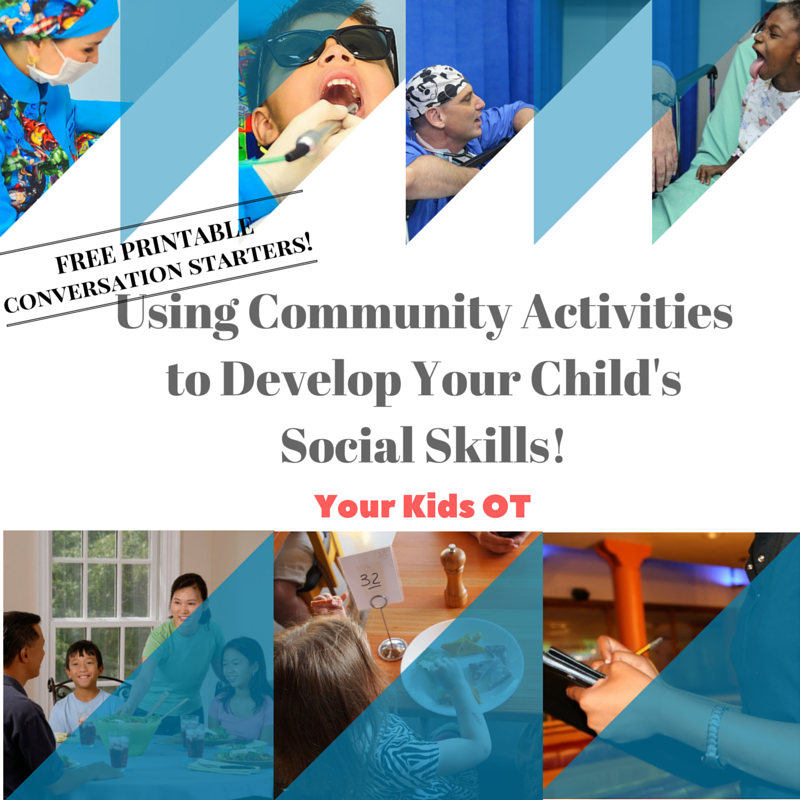
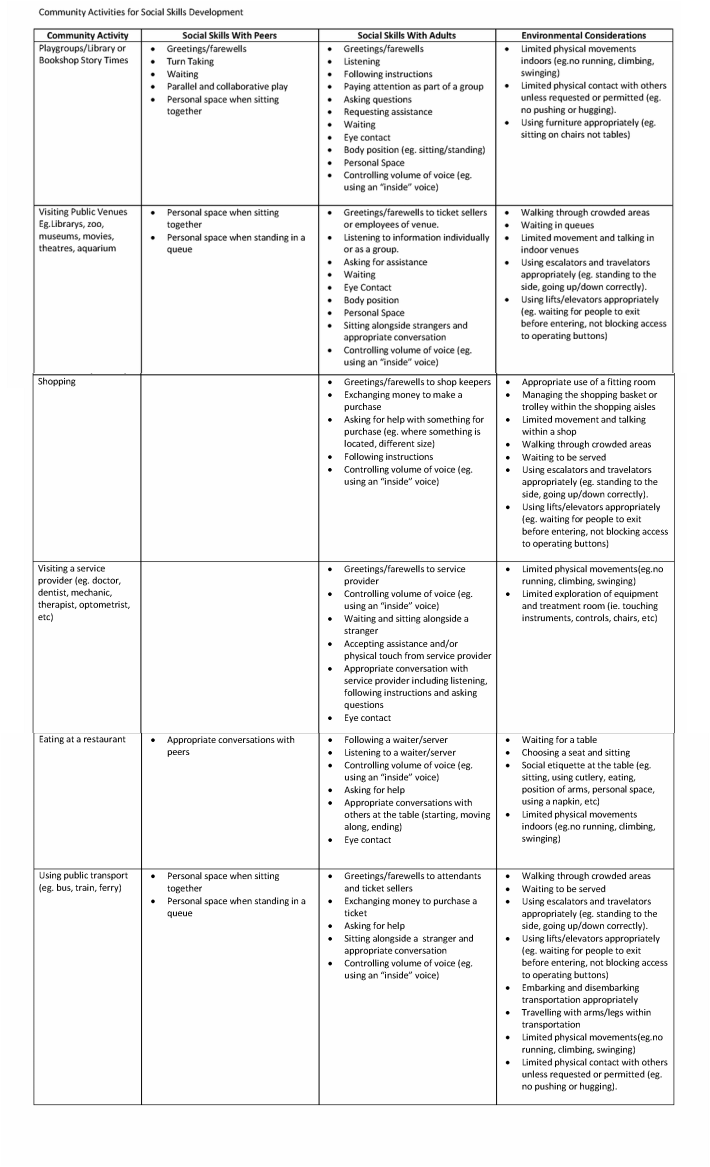
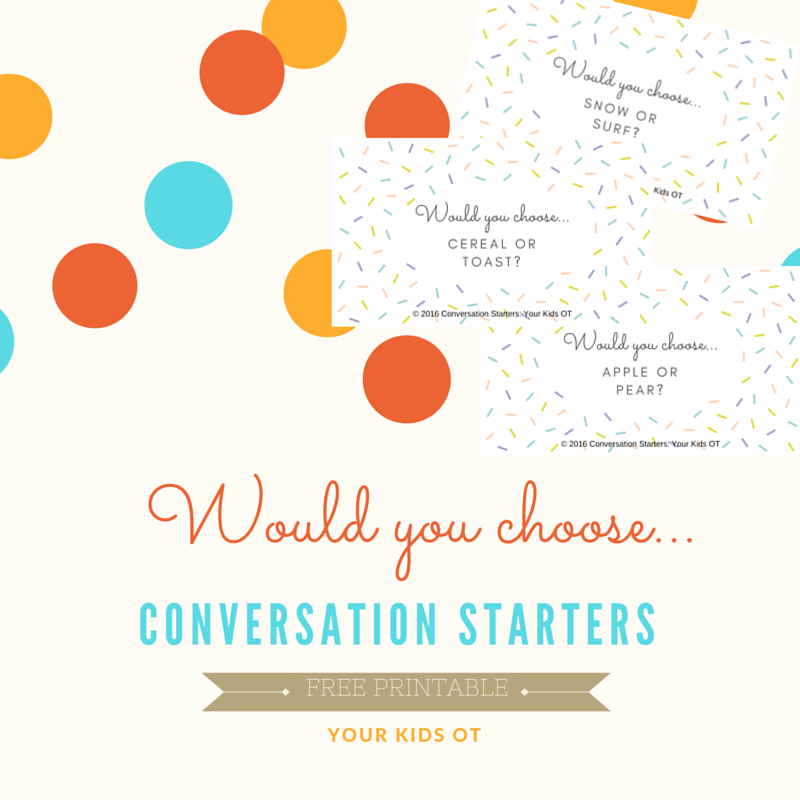
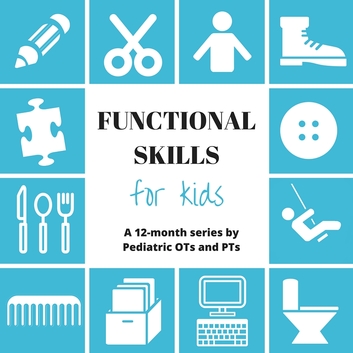
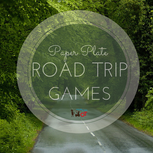
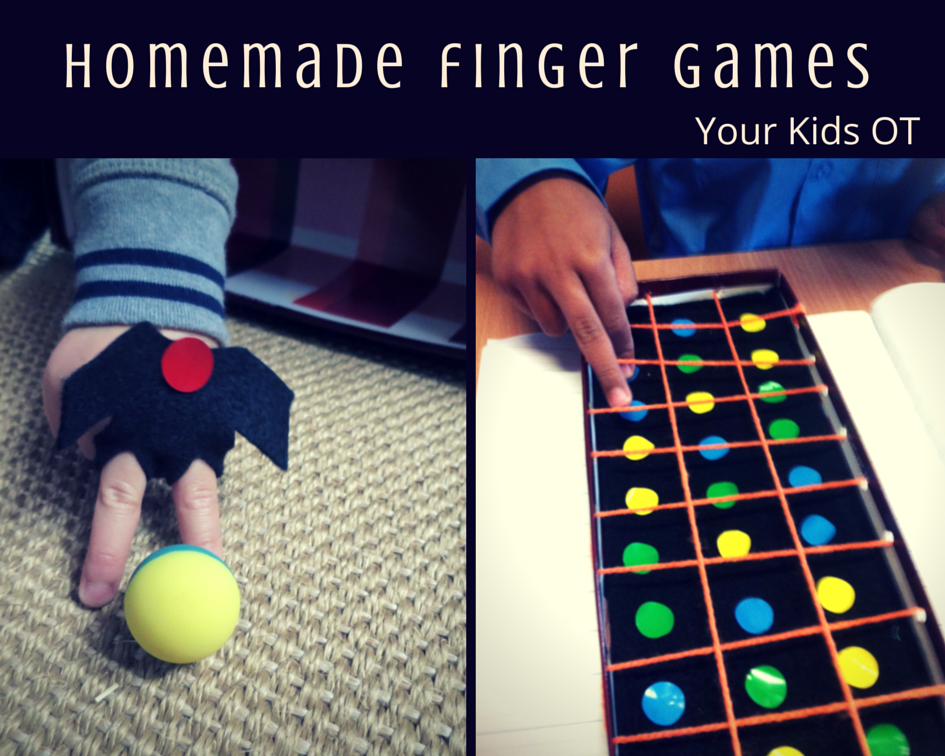
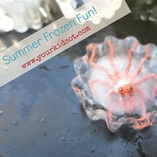
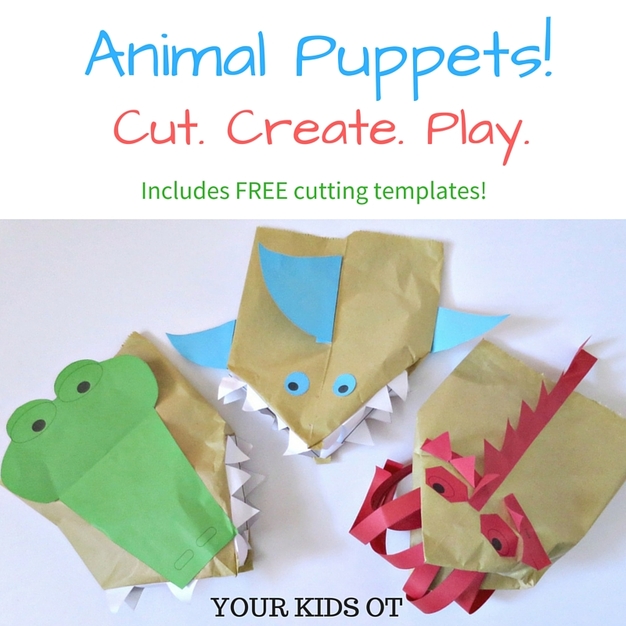
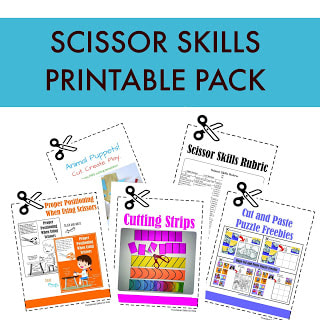
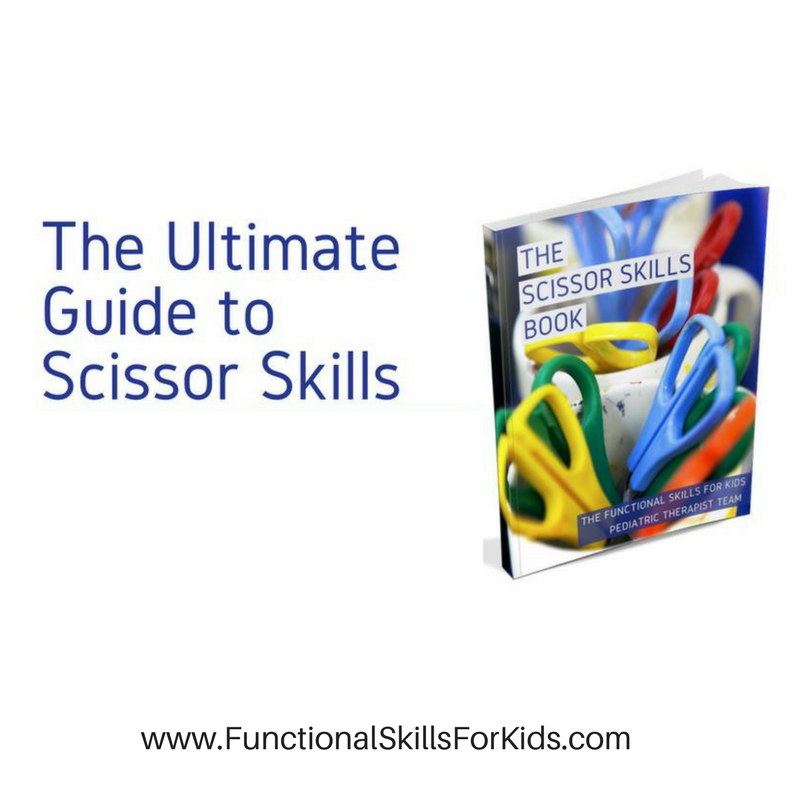
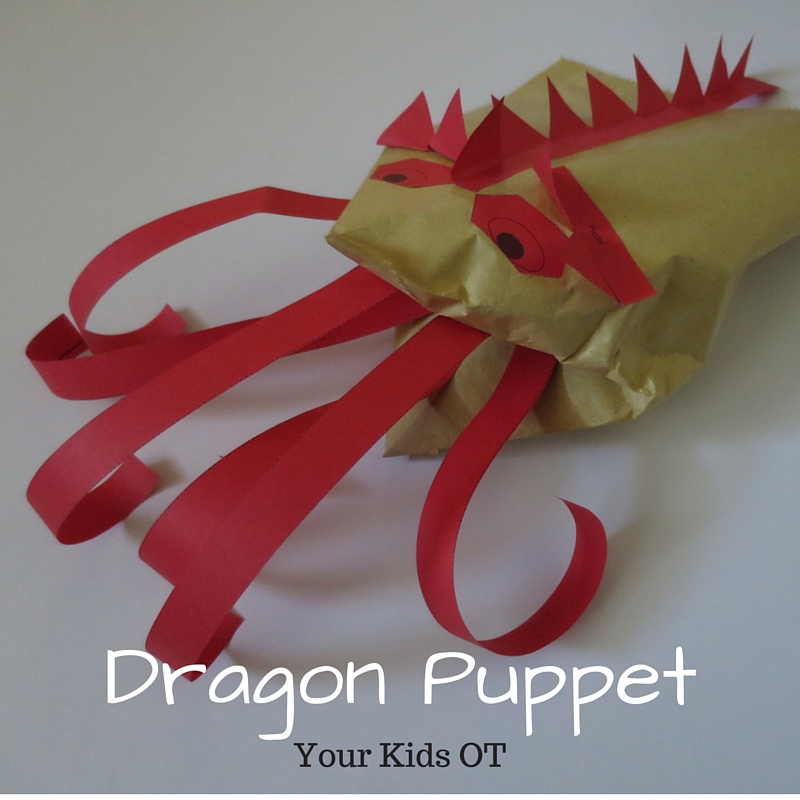
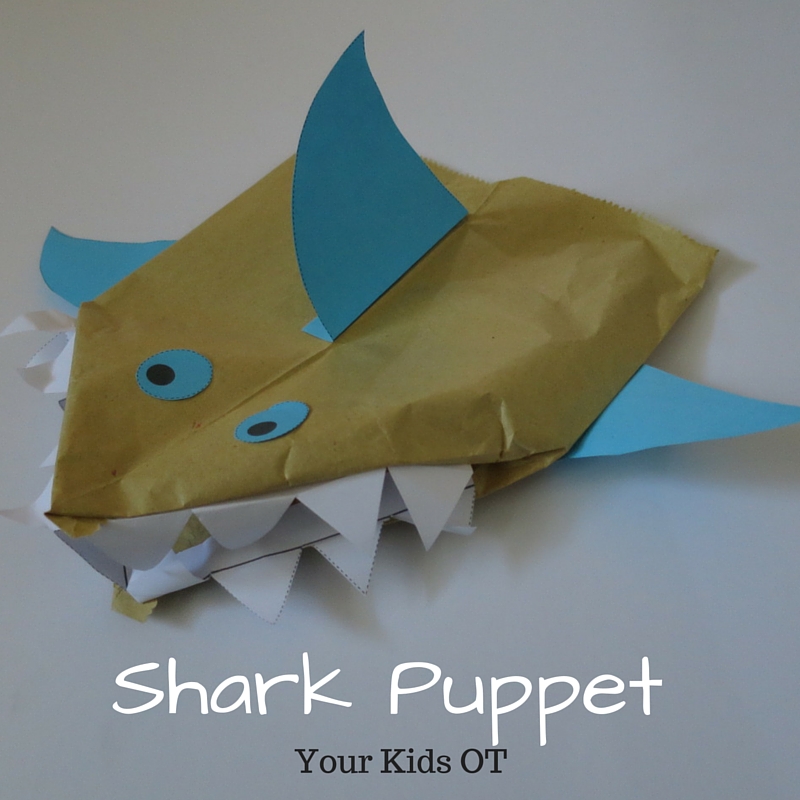
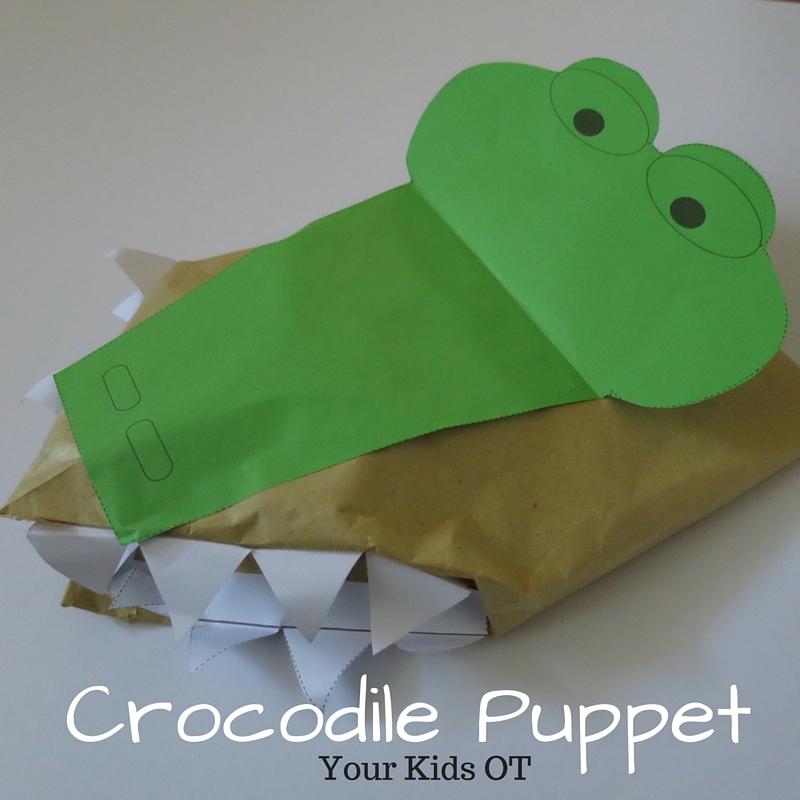
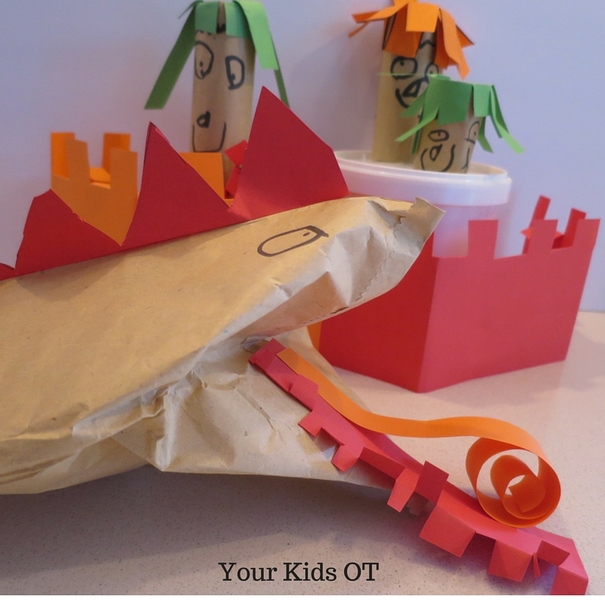
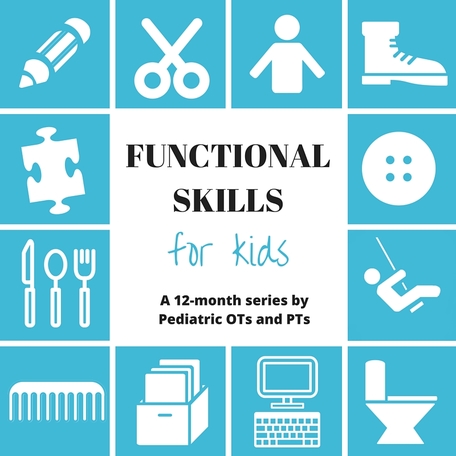
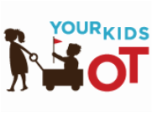
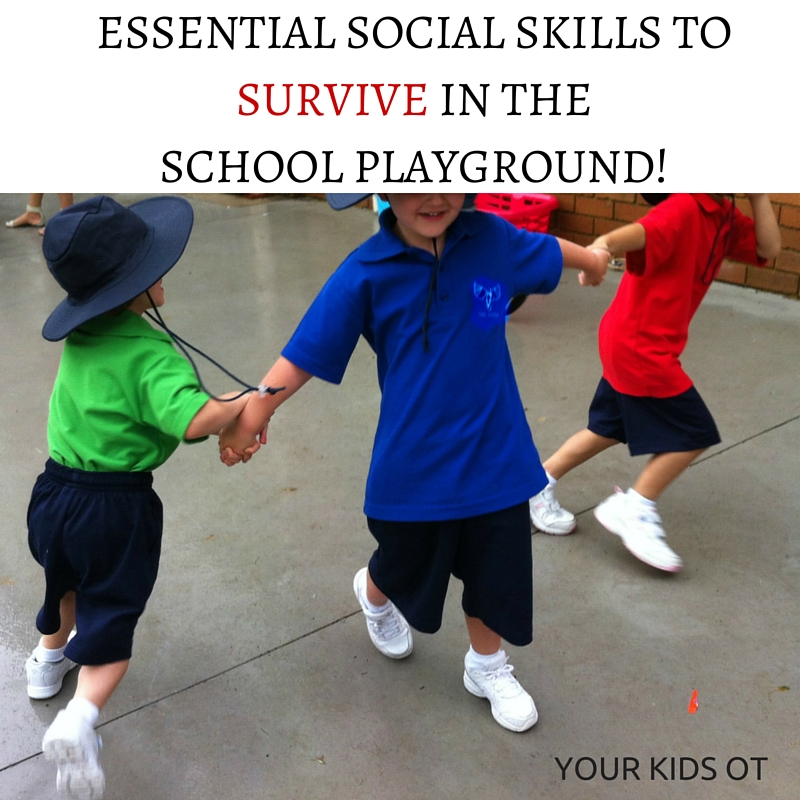

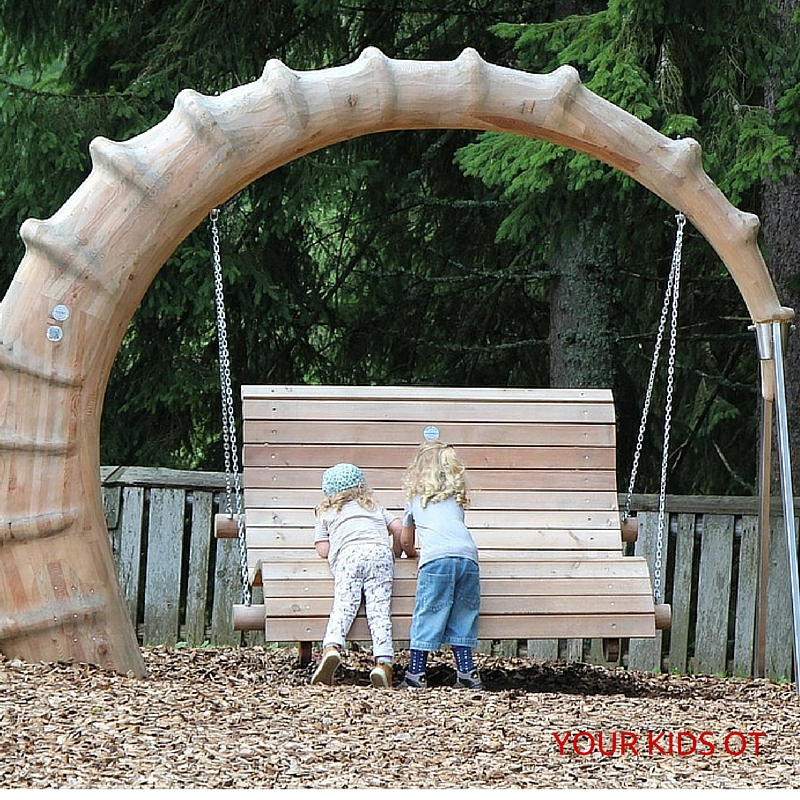
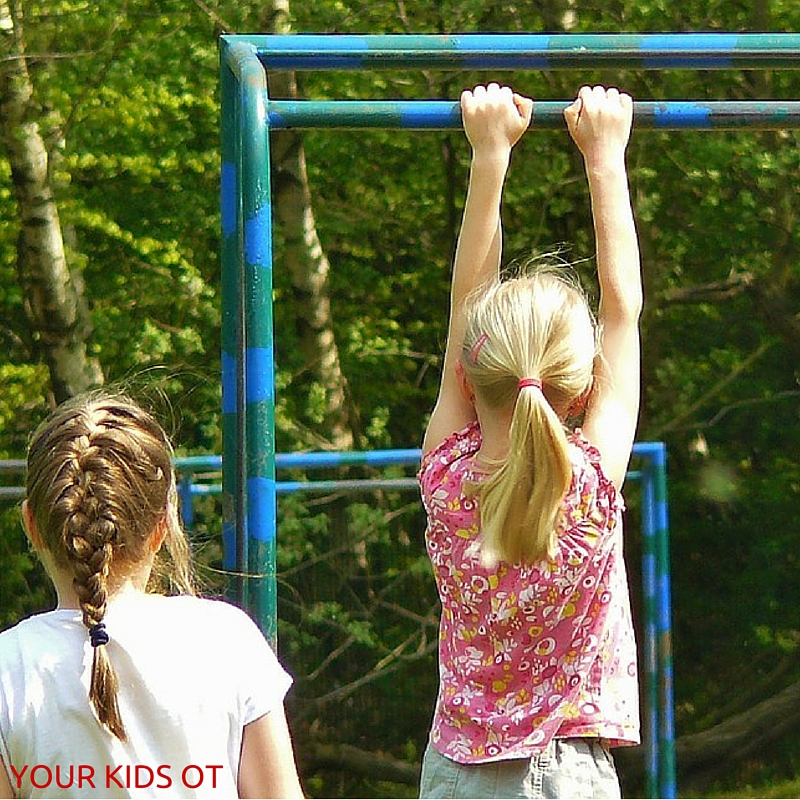
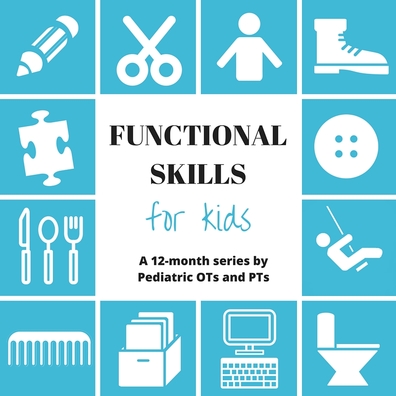
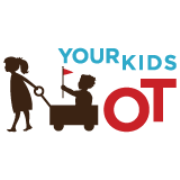
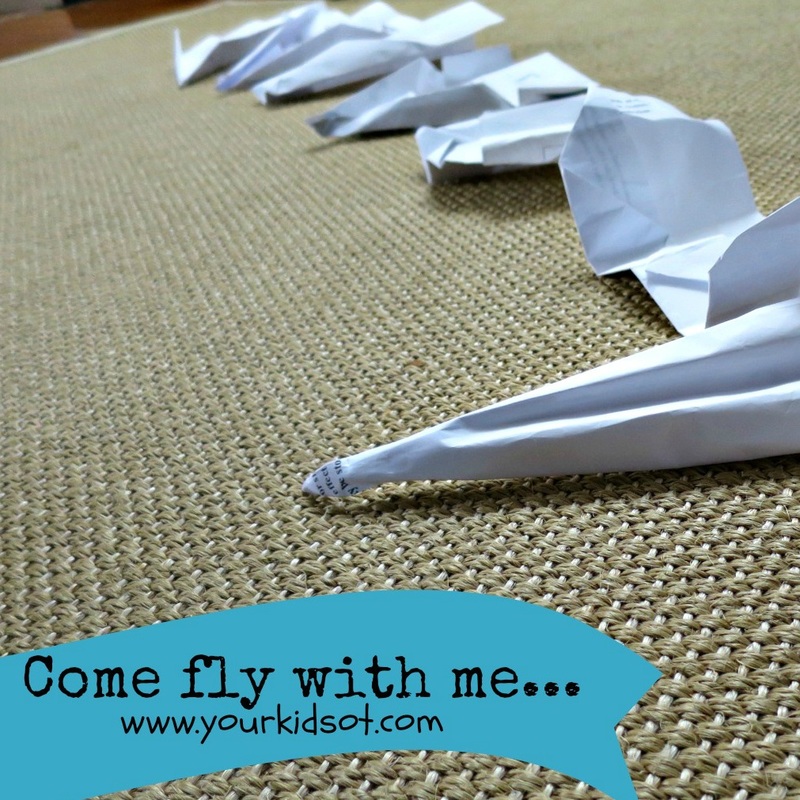
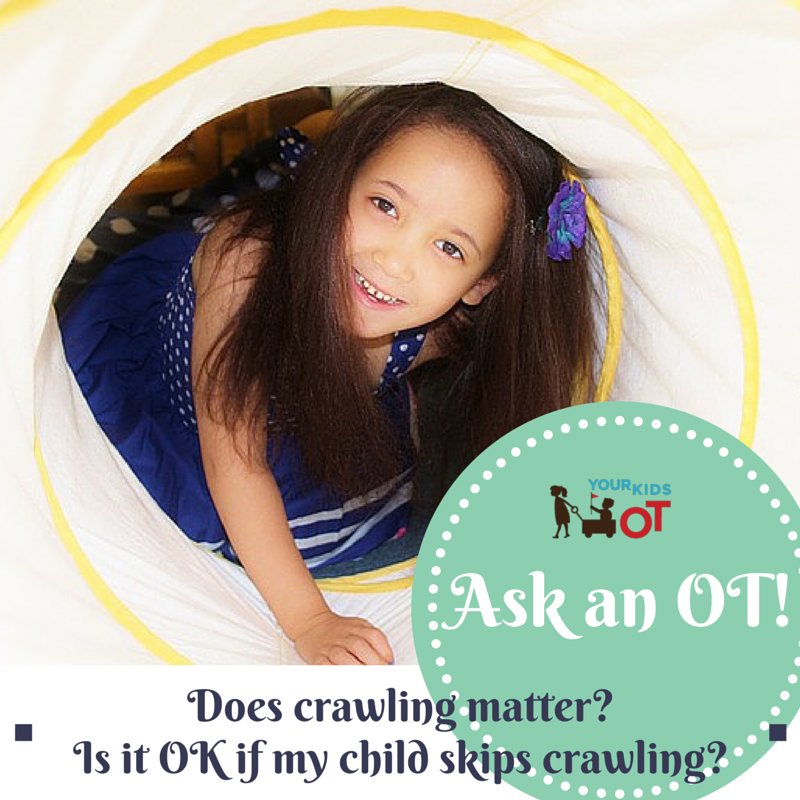

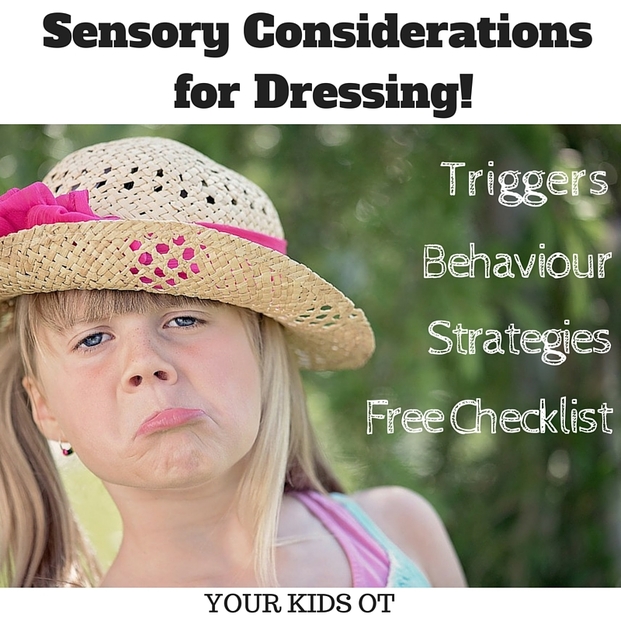

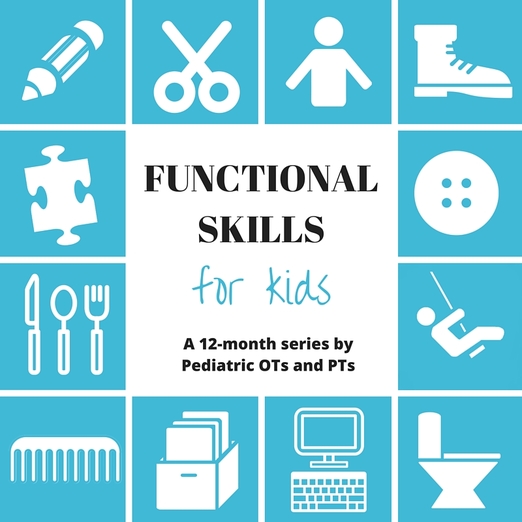

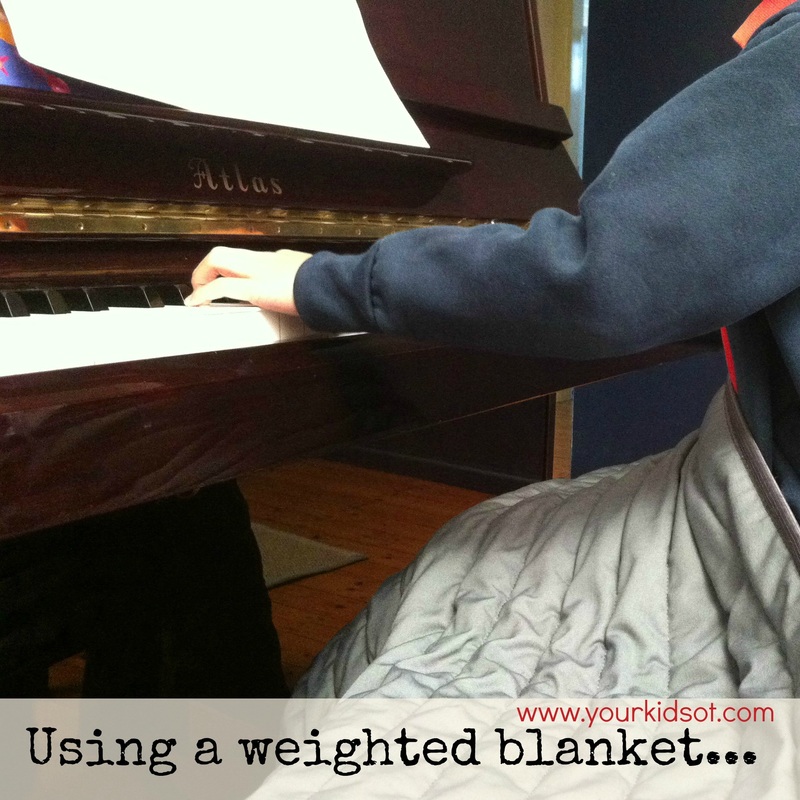
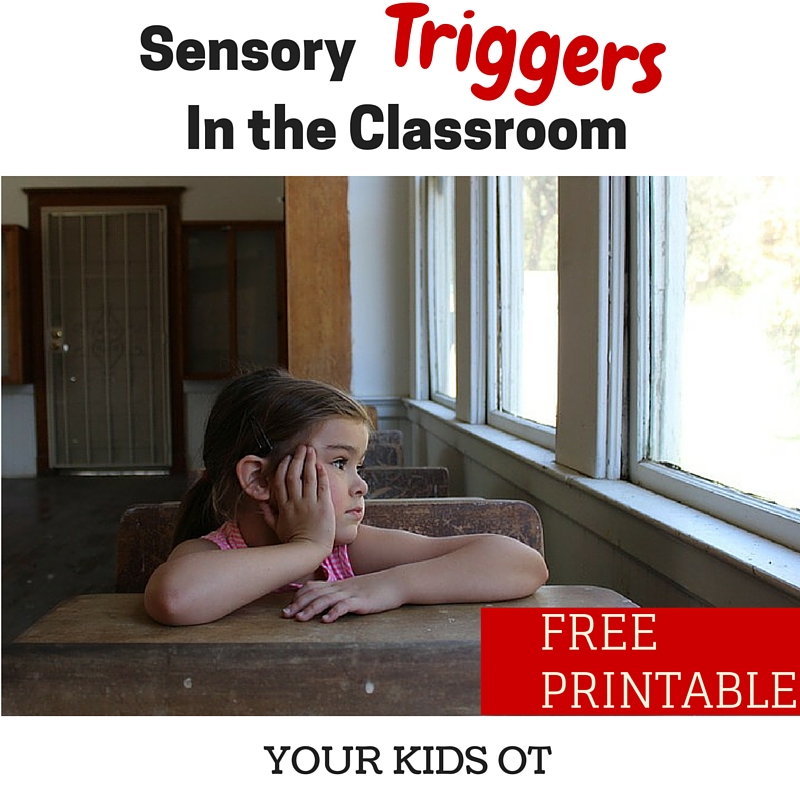
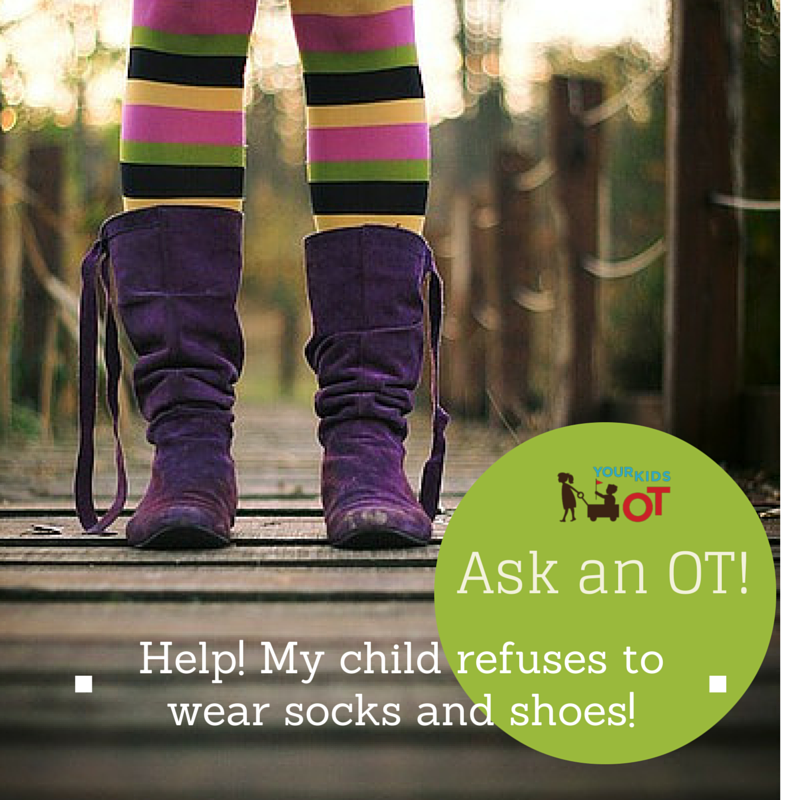
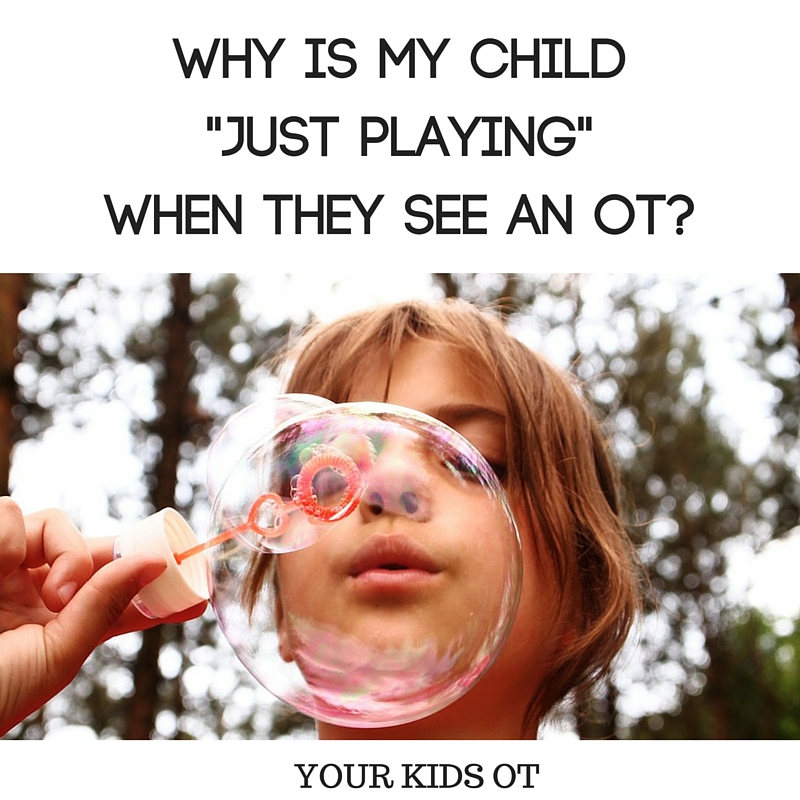

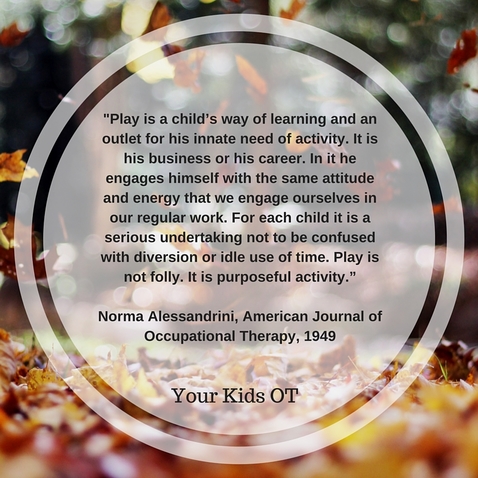
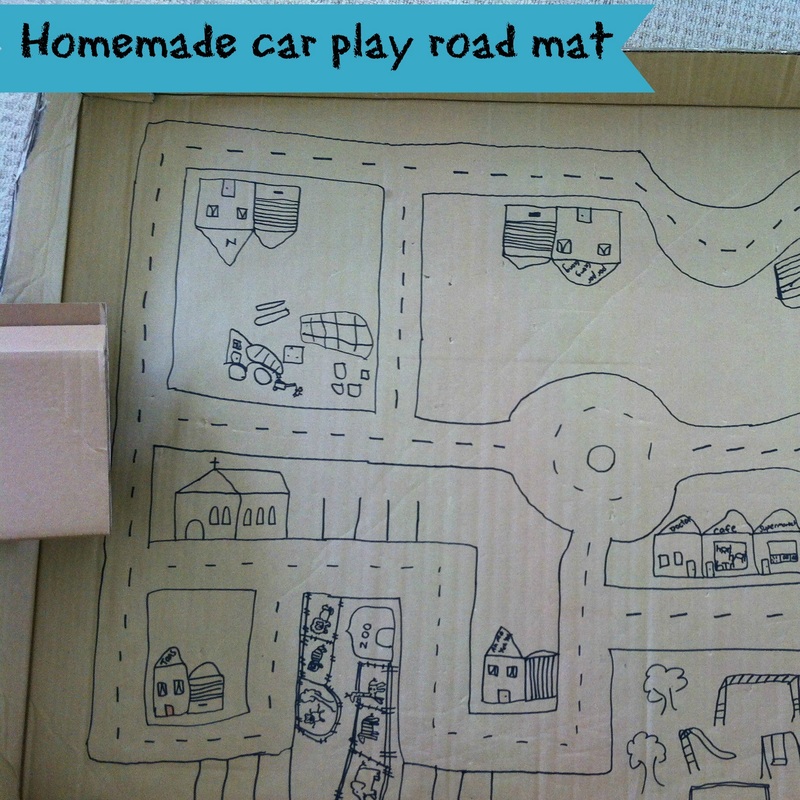
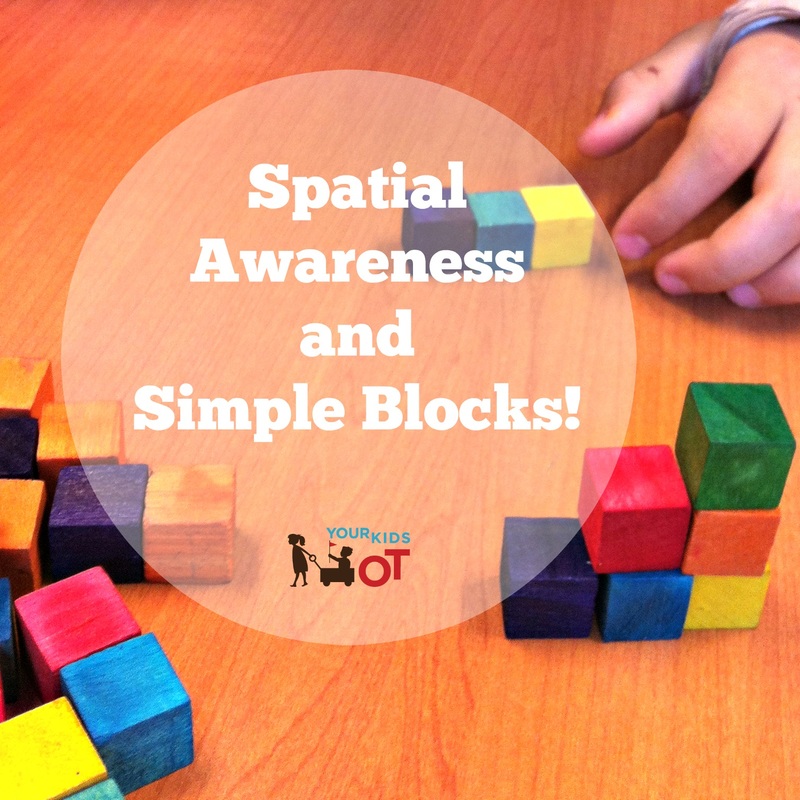
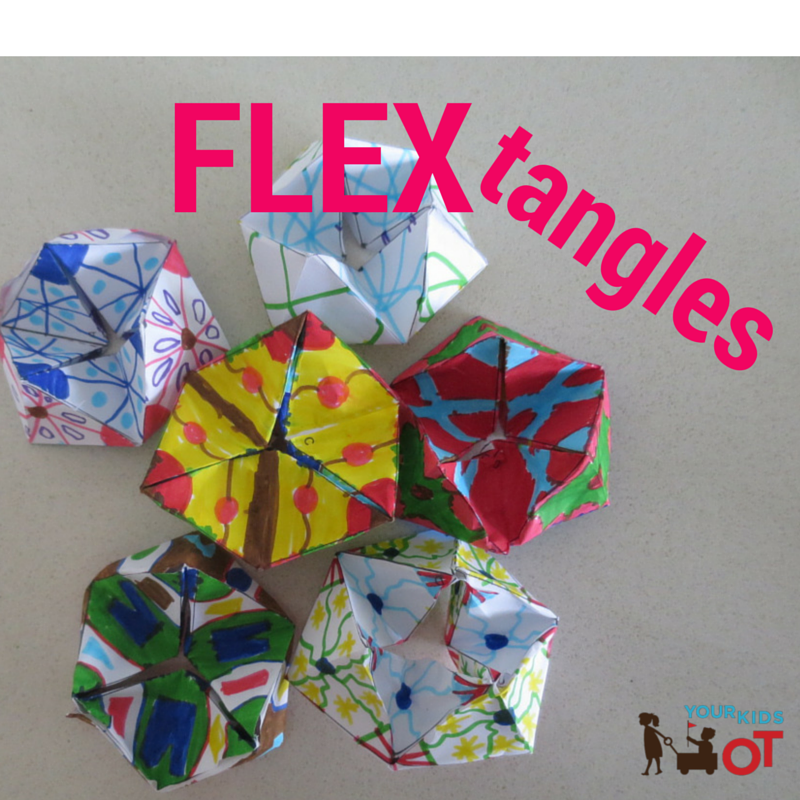
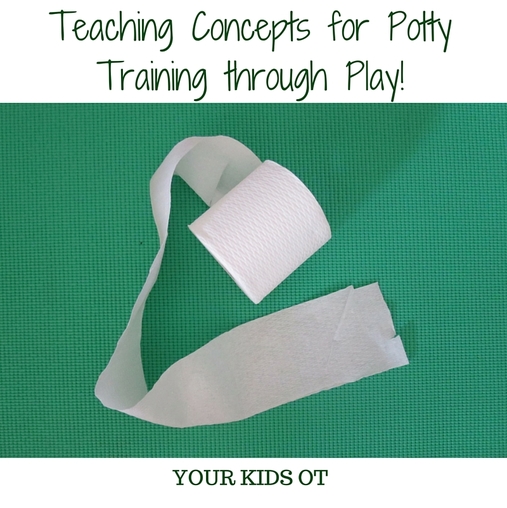

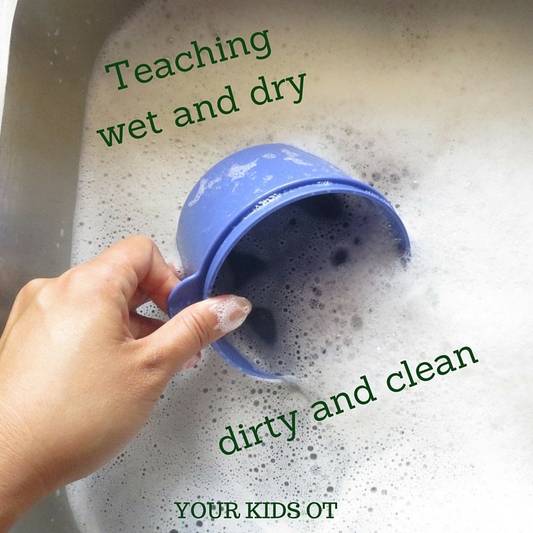
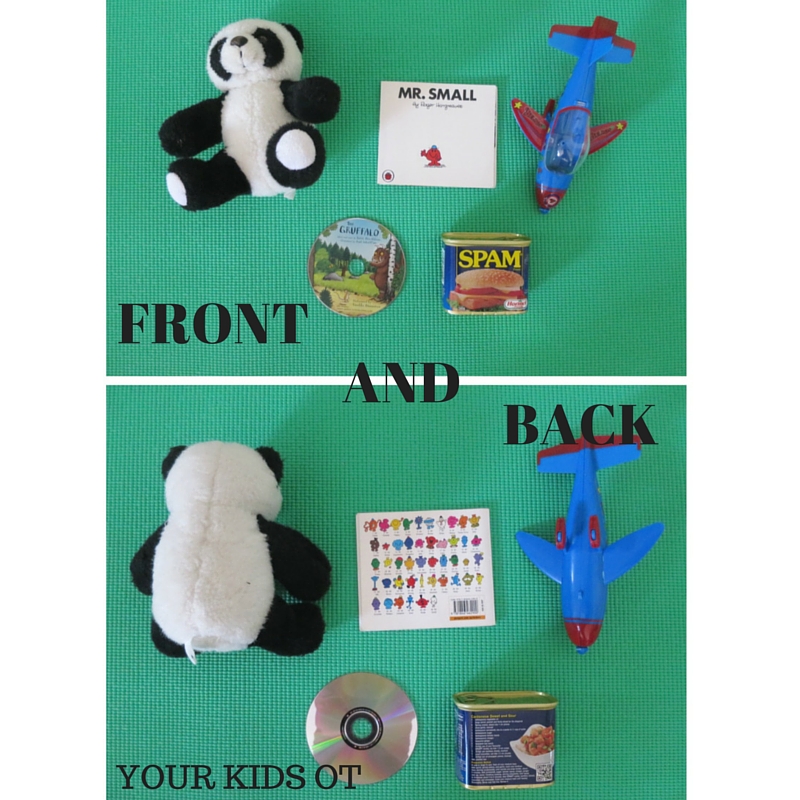
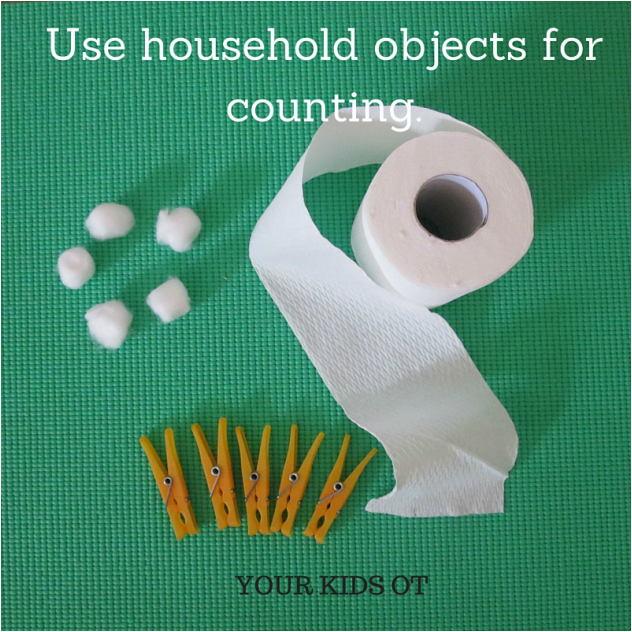
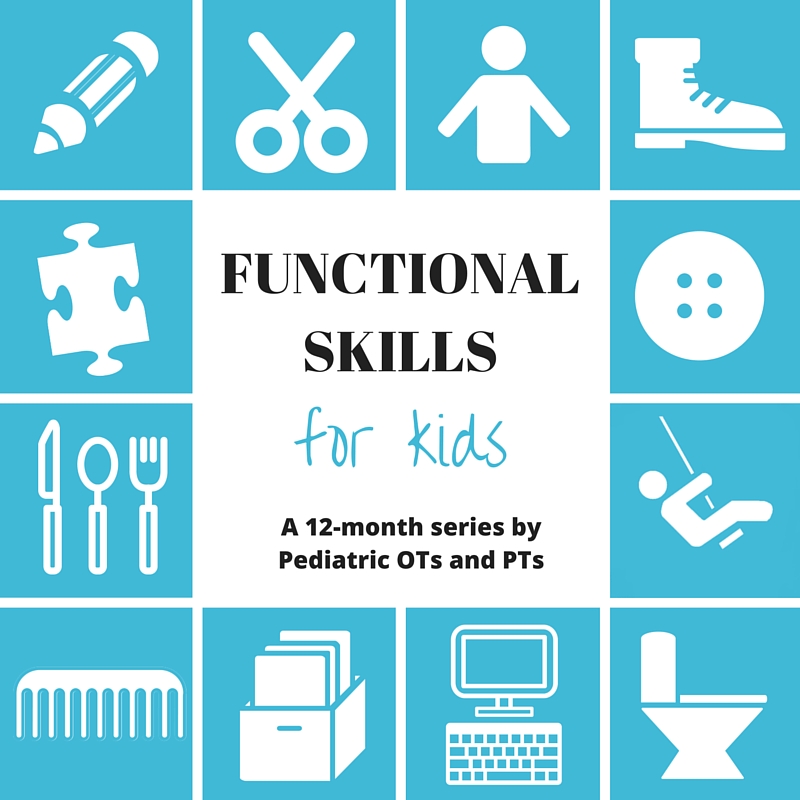

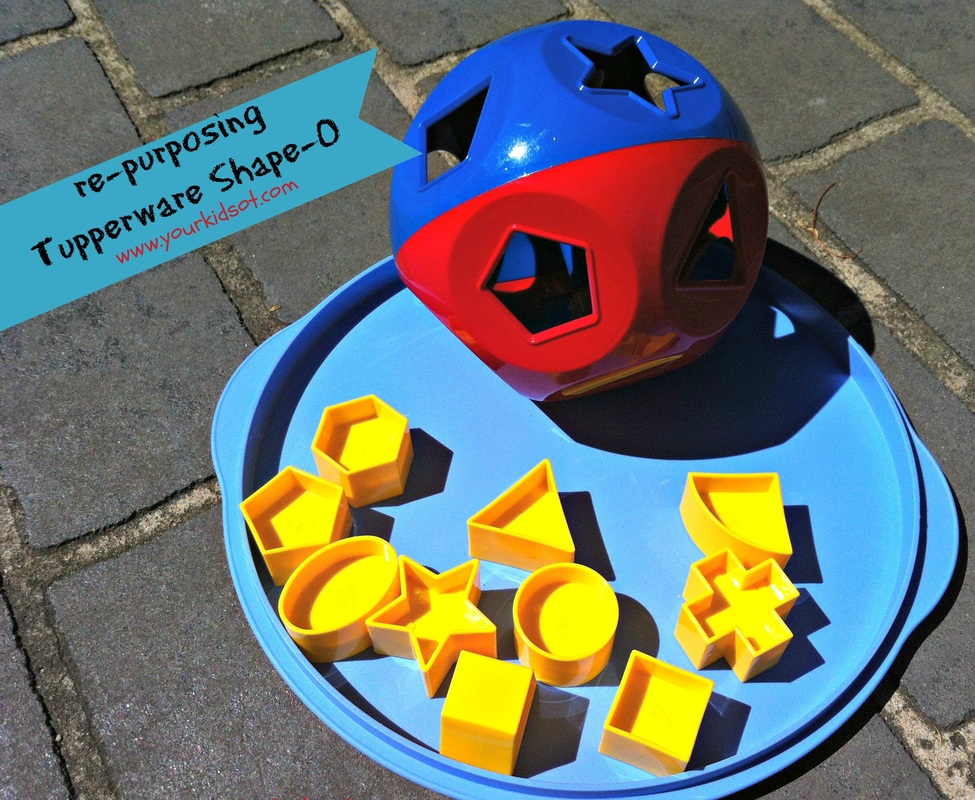
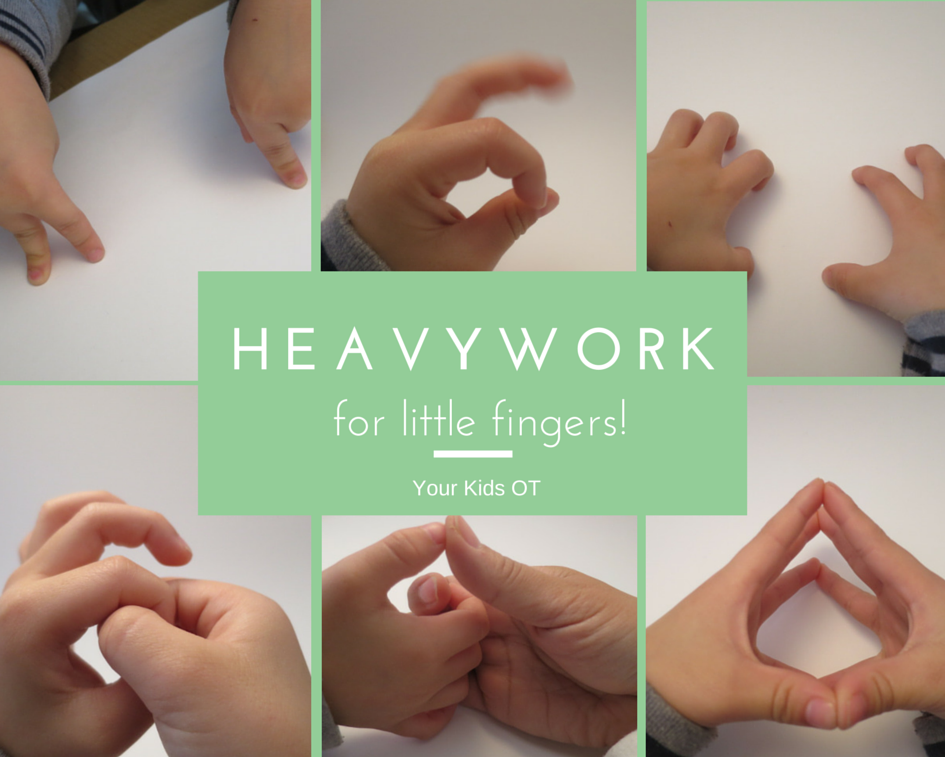
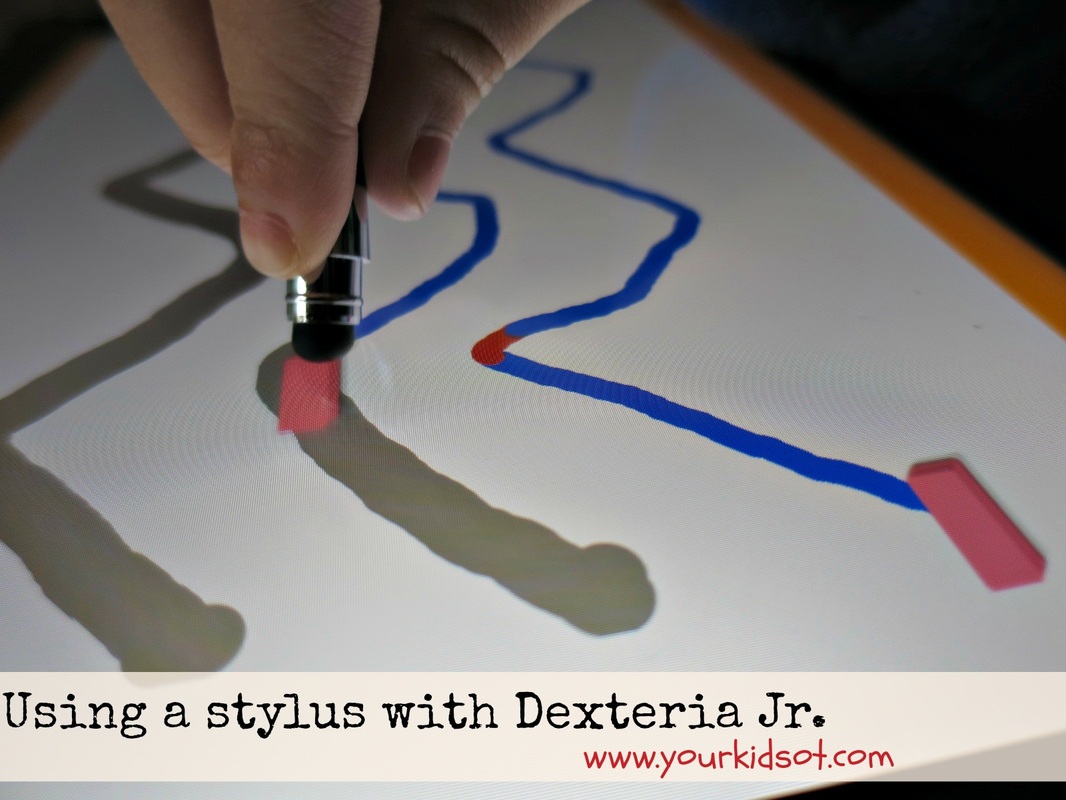
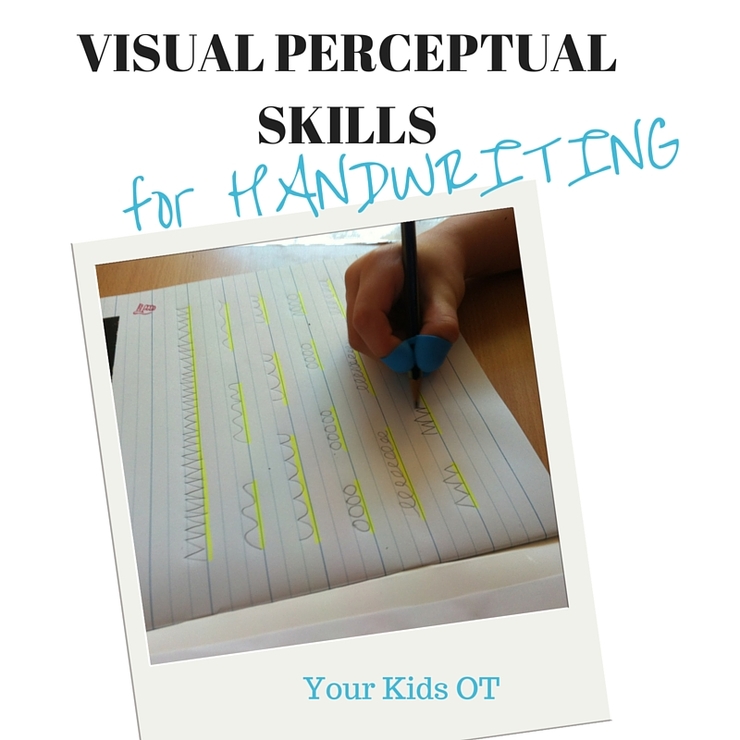
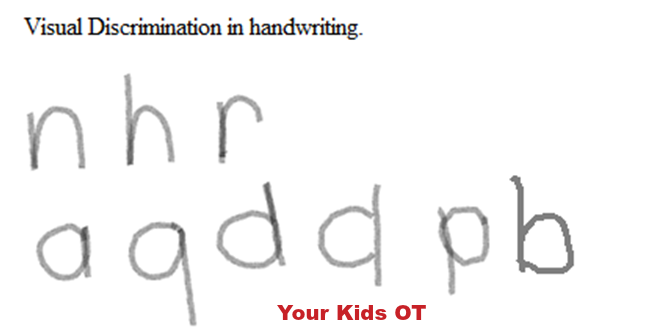
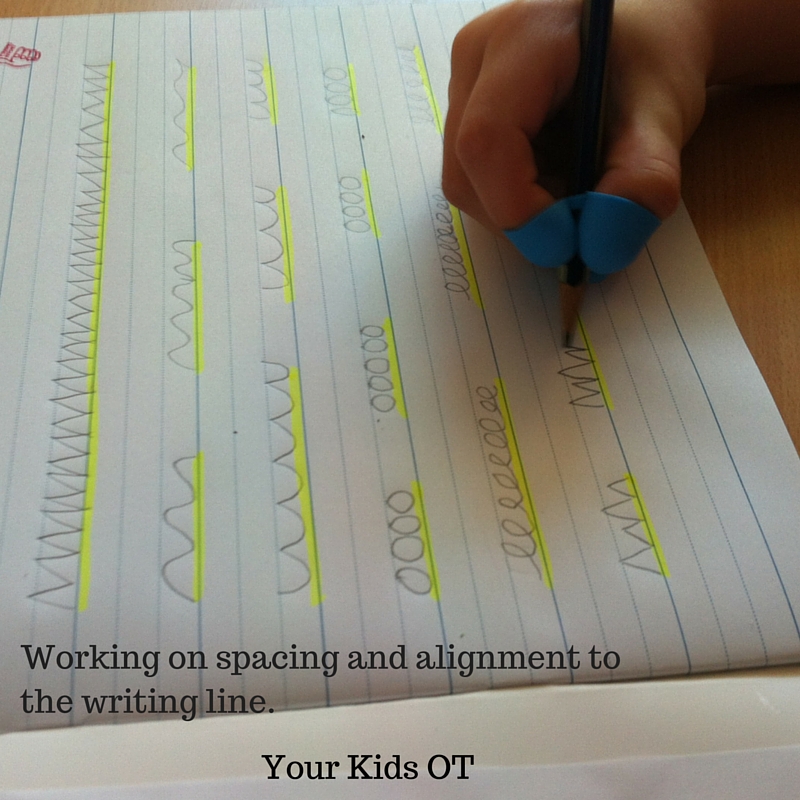
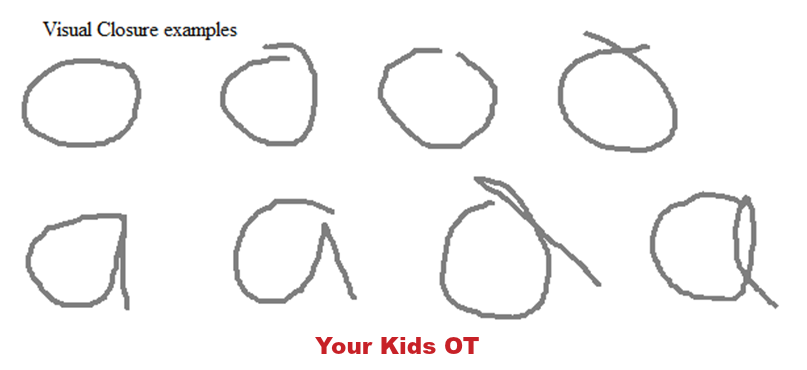
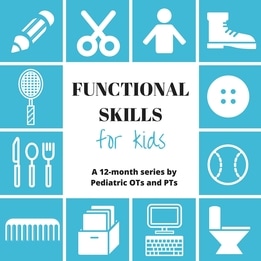
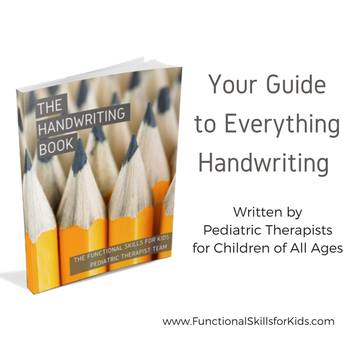
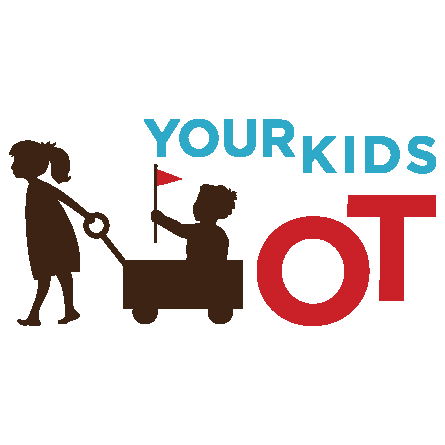
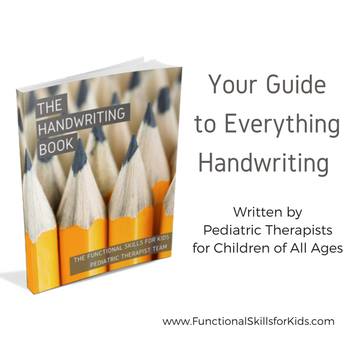
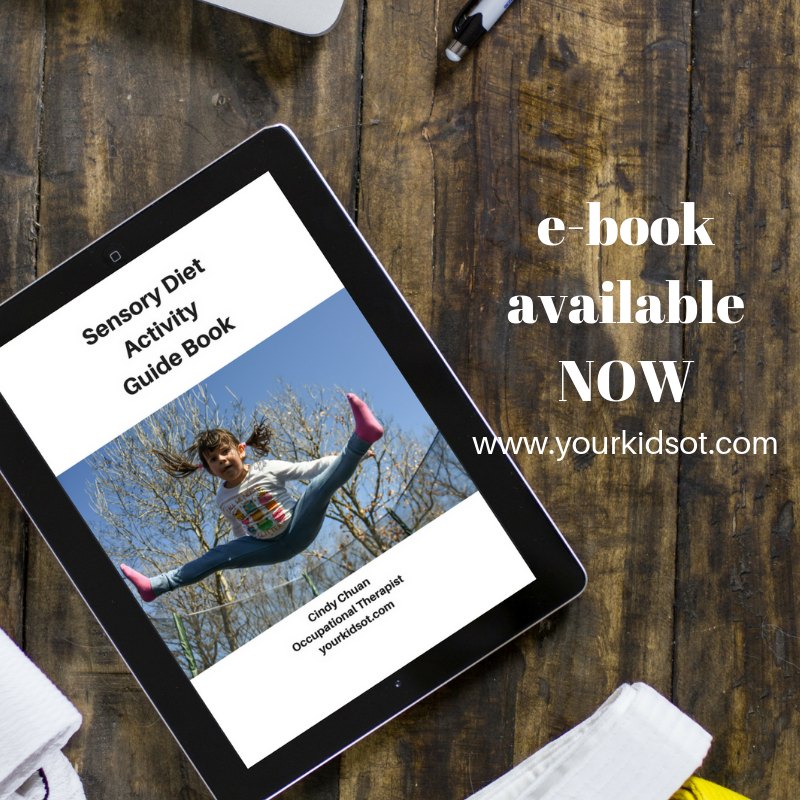
 RSS Feed
RSS Feed
